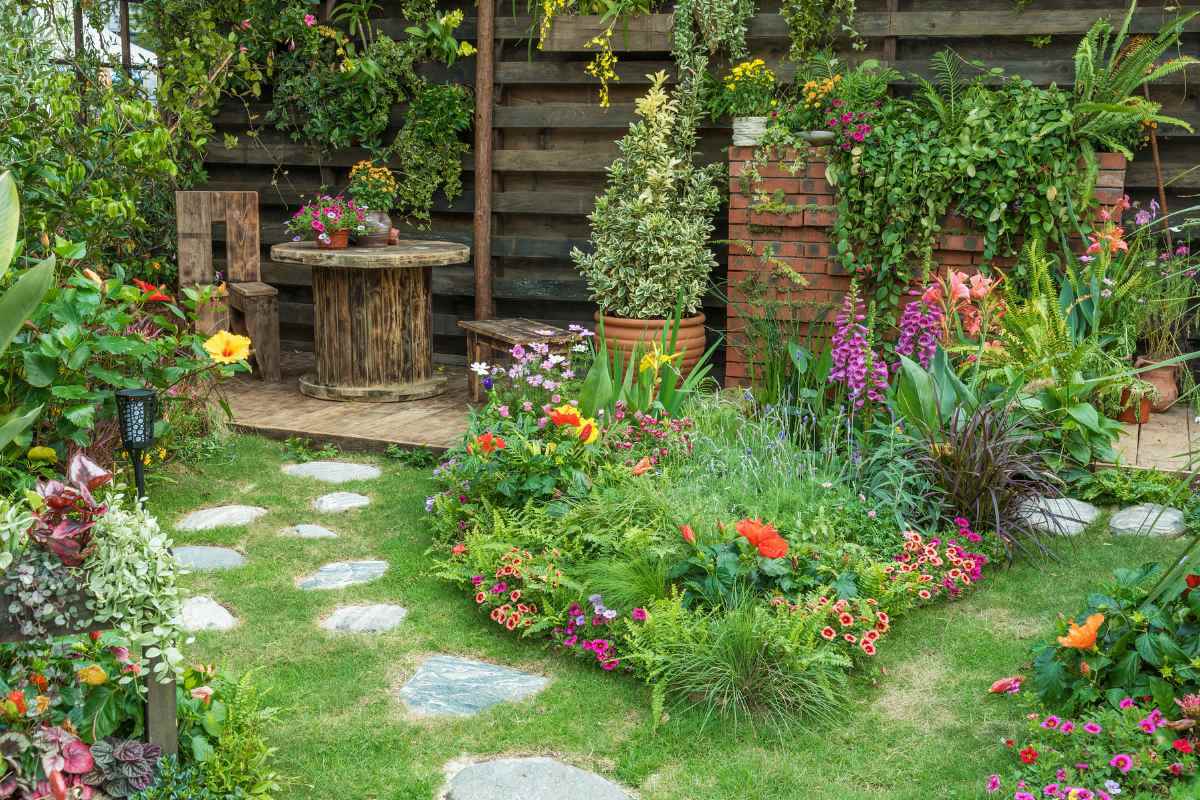
Sensory Gardens: The Best Plants to Engage the Senses
A garden is a pleasurable mixture of colours, scents, textures, and sounds that together create an environment for relaxation and introspection. From the rustling whispers of ornamental grasses to the soothing mix of fragrant blooms, a sensory garden is a sanctuary for relaxation and stress relief. In our bustling urban landscapes, finding solace in nature can feel like a distant dream, however building a sensory garden is easy and fun. Sensory gardens are unique spaces designed to engage each of our five senses. A harmonious symphony of sight, sound, touch, smell, and taste, offers a therapeutic escape from the rigours of modern life.
Table of Contents
Benefits of a Sensory Garden
Sensory gardens are meticulously crafted environments that aim to stimulate and delight the senses, providing visitors with an immersive experience of nature. Unlike traditional gardens, which primarily focus on visual aesthetics, sensory gardens are designed with inclusivity of all senses. Visual beauty is often the starting point for many gardens, but going beyond the visual to consider texture, scent, sound, and taste invites closer inspection. After a long day’s work, dealing with stressful circumstances, or simply being overwhelmed by the world around you – stepping into a relaxing sensory garden can soothe the soul.
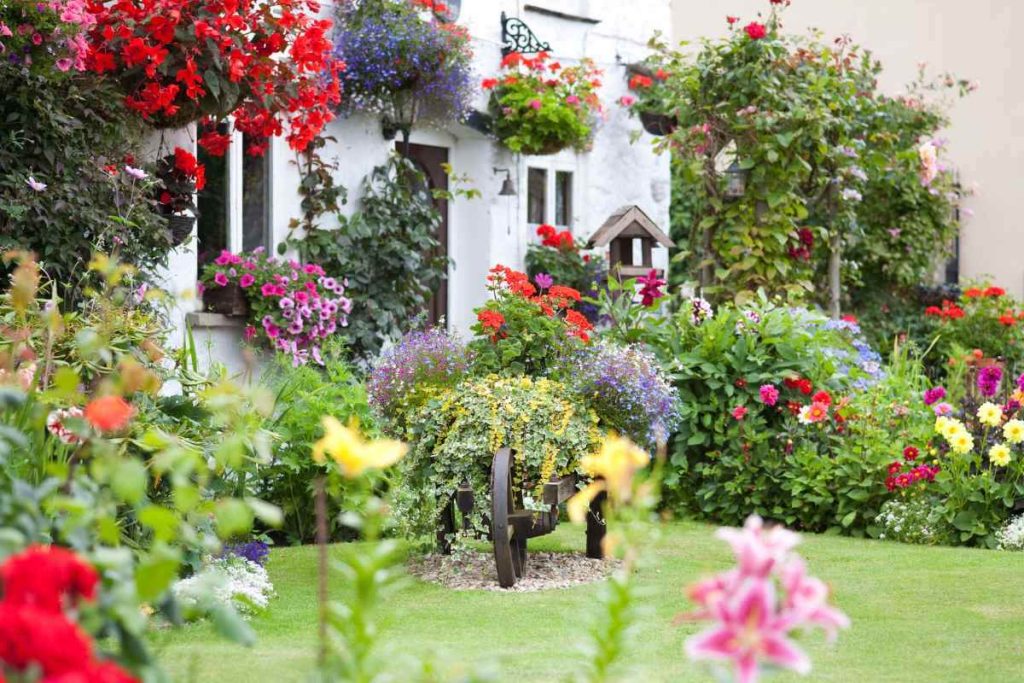
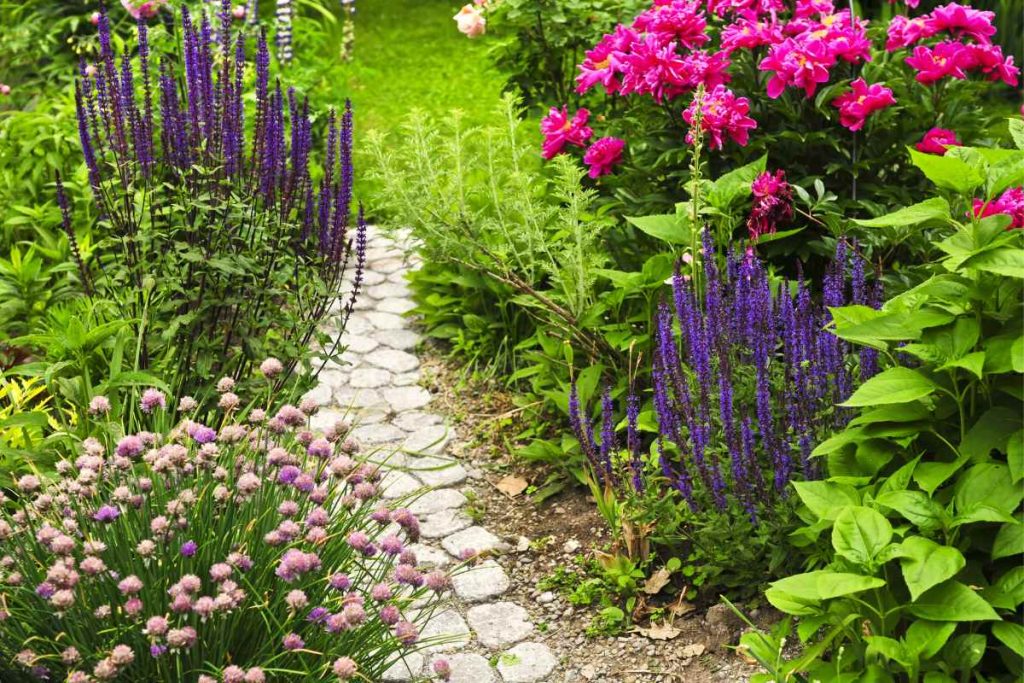
Sense of Smell
Aromatic plants are nature’s perfumery, and incorporating scented plants into your sensory garden promises benefits to your whole being. Planting herb gardens containing rosemary and mint to stir the senses. Fragrant flowers such as jasmine, roses, or syringa (lilacs) can serve as natural air fresheners, providing a sweet and relaxing ambience. Jasmine for its prized sweet and exotic fragrance, which is often associated with relaxation and mood enhancement. Consider planting them near seating areas where you plan to relax, or along walkways so that you can take scented strolls through your yard. Gardenias are prized for their intoxicating fragrance, which is also associated with relaxation. Their creamy white flowers and glossy green leaves make them a beautiful addition to a calming garden. Check out our post on Scented Garden Plants which includes different types of fragrances (for example, sweet, spicy, or floral scents) you can incorporate into your garden, and which varieties are best to plant.
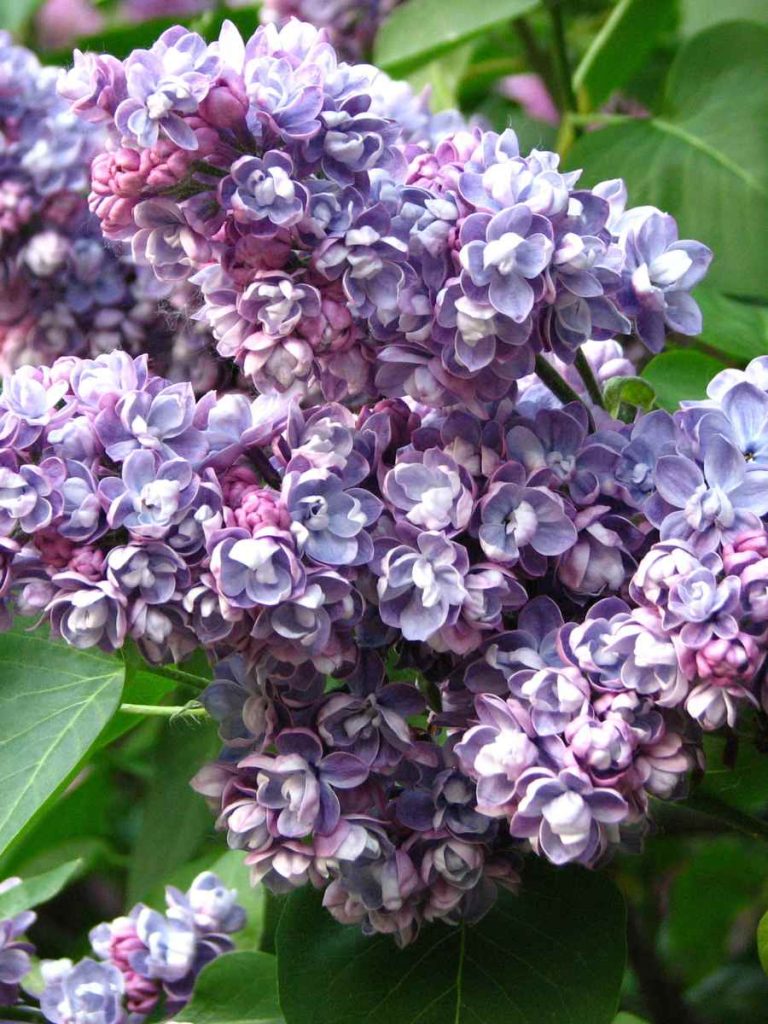

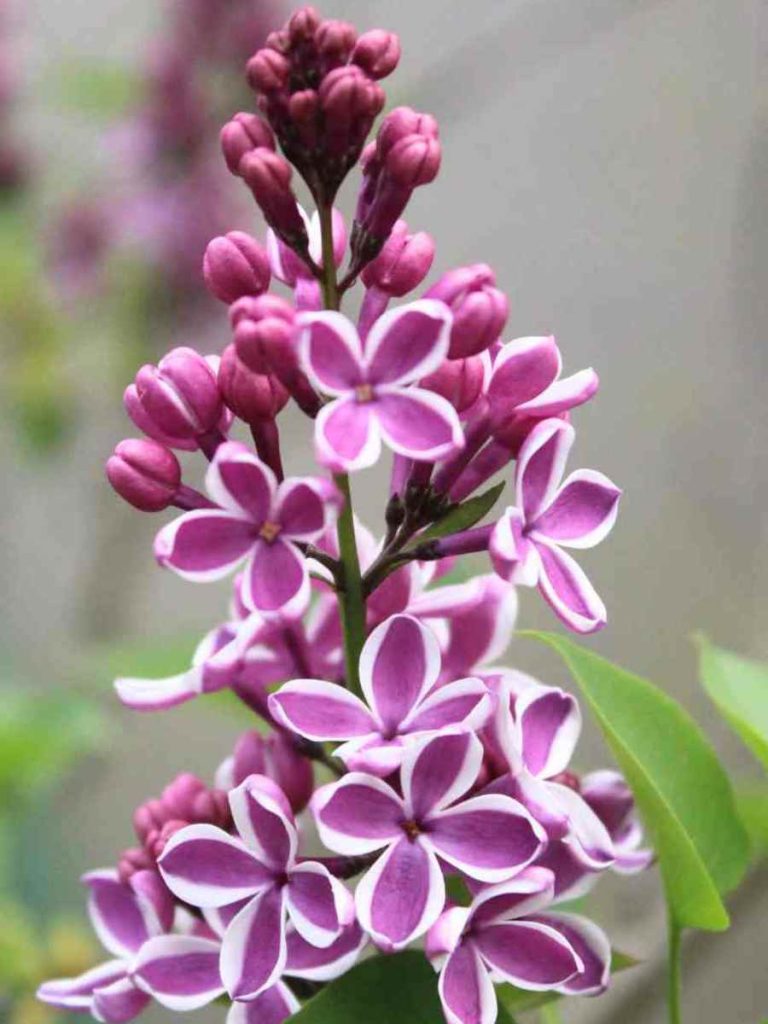
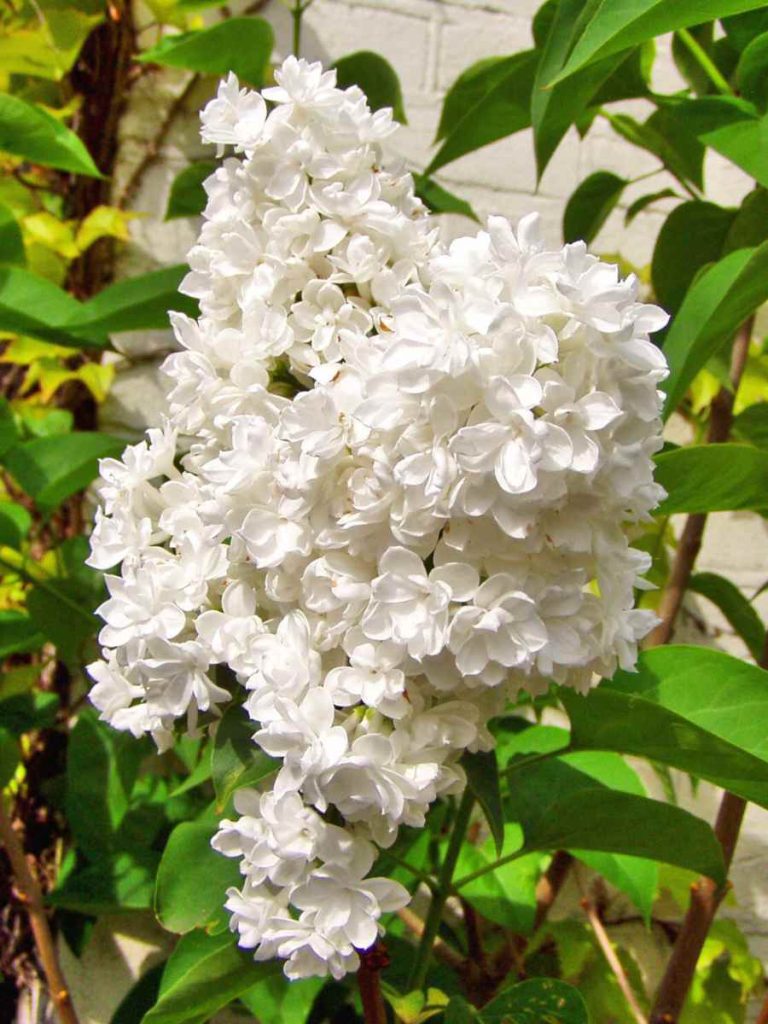
Three very popular flowers to add to a scented garden are lavender, roses, and peonies. There are many different varieties of each which will provide strong, tantalizing, sweet and robust fragrances to ignite the senses.
Lavendula – Lavender
Lavender is renowned for its soothing fragrance, which can help reduce stress and promote relaxation. It’s also visually appealing with its purple flowers that attract pollinators like bees and butterflies. Consider planting Lavender Plantinum Blonde, Hidcote, Munstead or SuperBlue. All these varieties are perfect for containers and are widely fragrant. Enjoy the blooms of these lavender plants from June through to September!

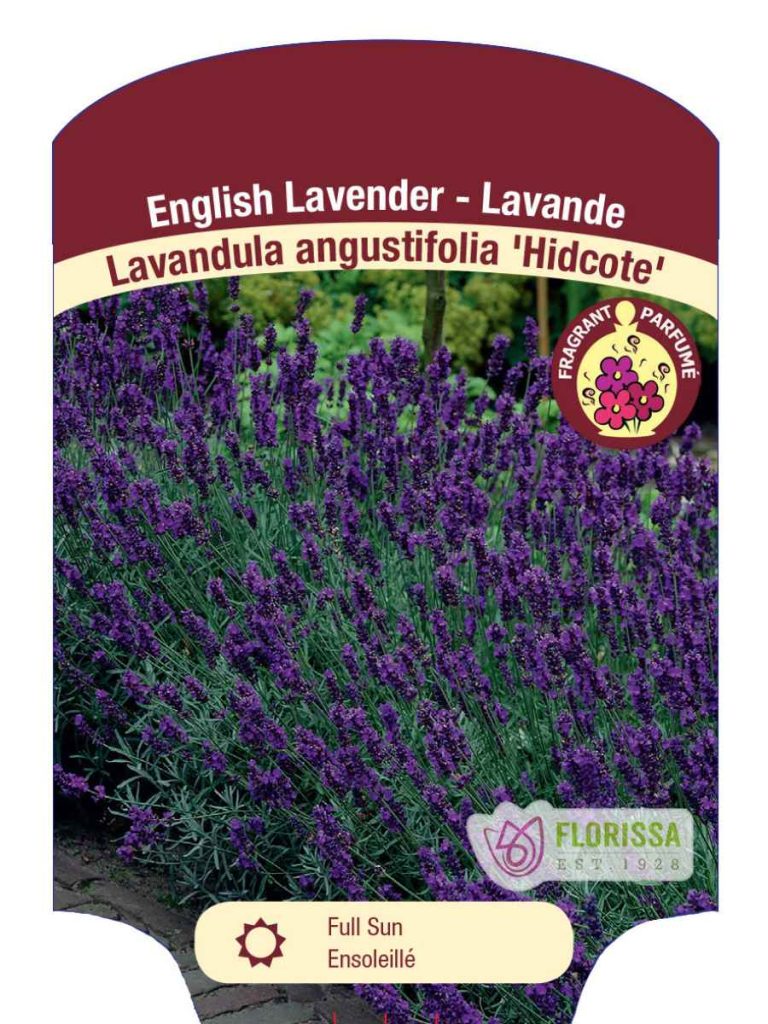
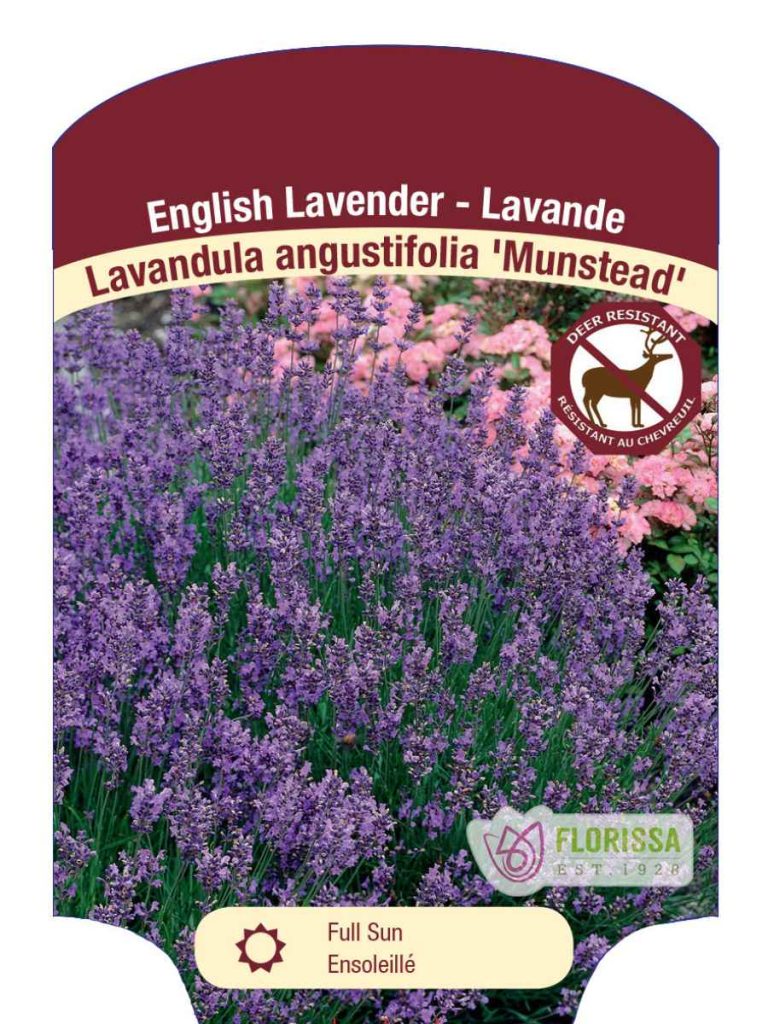
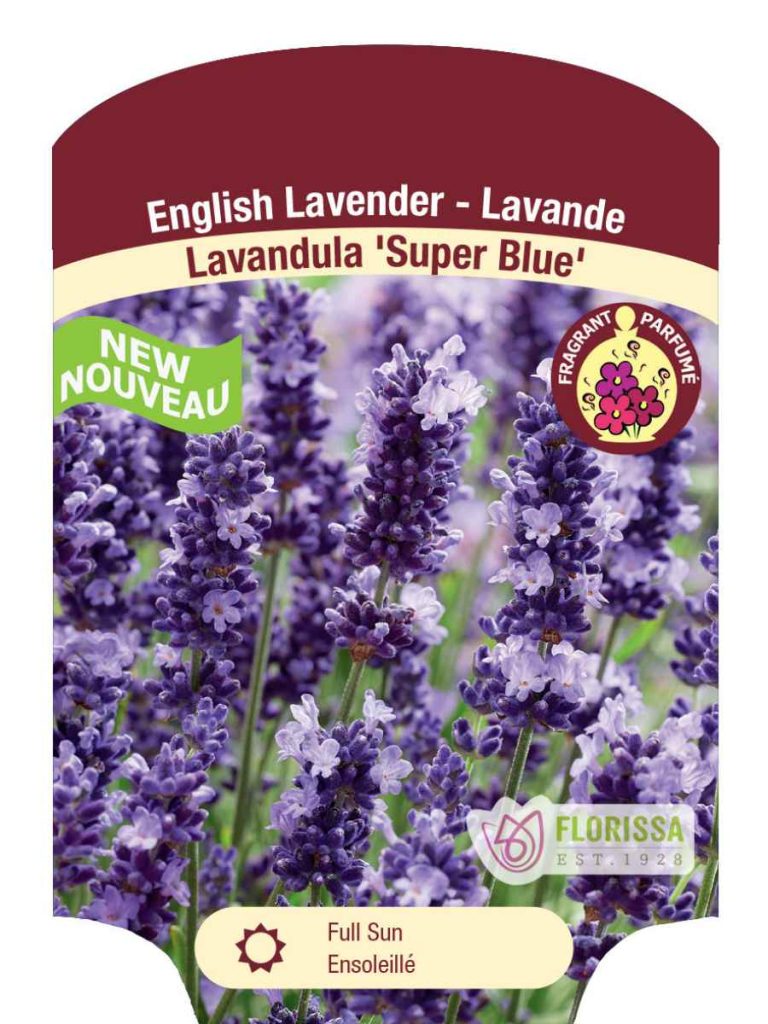
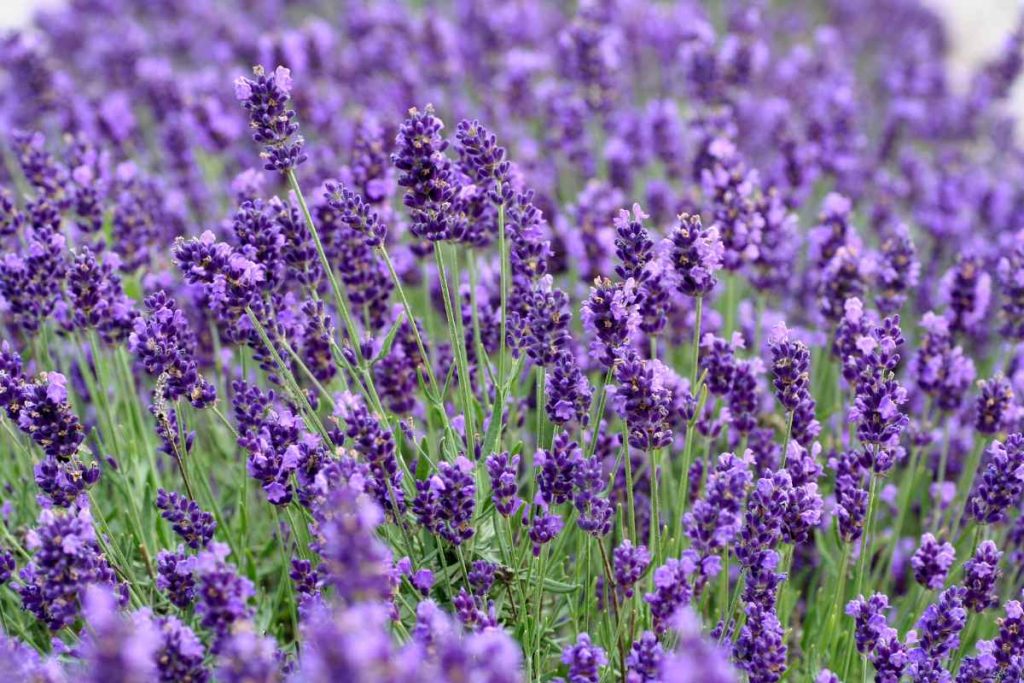


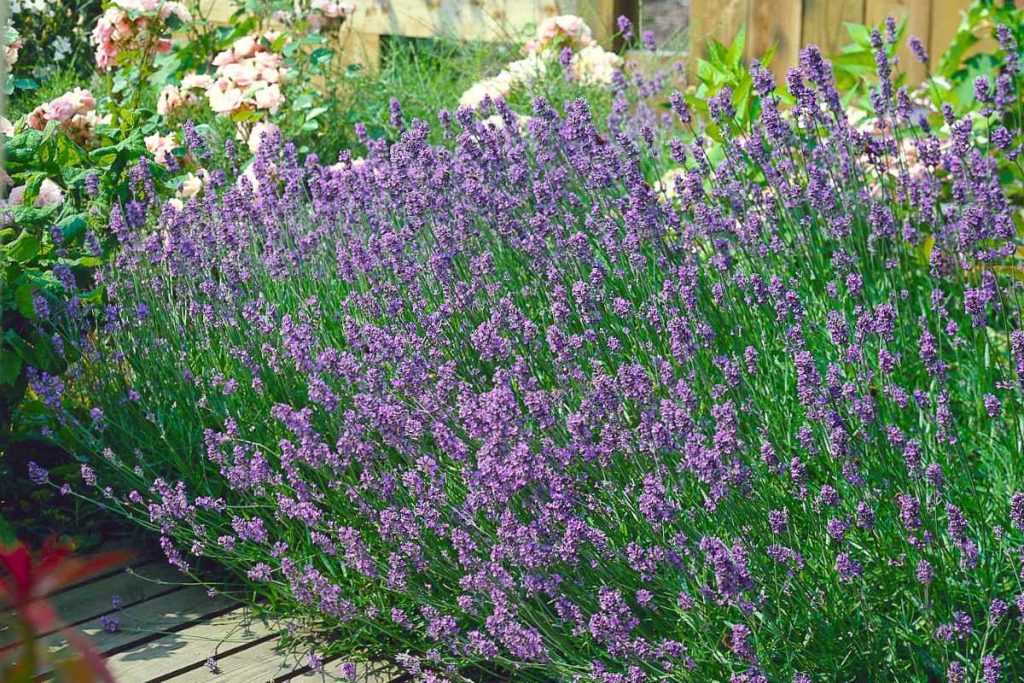
Roses
Roses are celebrated for their beauty and intoxicating scent. There are a wide variety of roses available, each boasting its unique aroma. From the classic fragrance of the beloved damask rose to the sweet, fruity notes of modern hybrids, there’s a rose many to choose from. Beyond their aesthetic appeal, roses are sought after for their therapeutic properties. The scent of roses has been shown to reduce stress and anxiety, promoting a sense of calm and well-being. For a lovely damask-scented rose, we recommend adding Memorial Day to your sensory garden which will grace your garden with its huge, lavender, old-fashioned flowers. In addition, Fragrant Cloud has bright, coral-red blossoms and boasts a strong, sweet honey scent. Check out our blog if you are looking to add roses to the garden which will be great for cut flowers, or refer to our list of 6 Stunning Roses for the Garden. Or if you are looking to add the fragrance of roses to a smaller sensory garden, check out our blog on growing roses in containers.
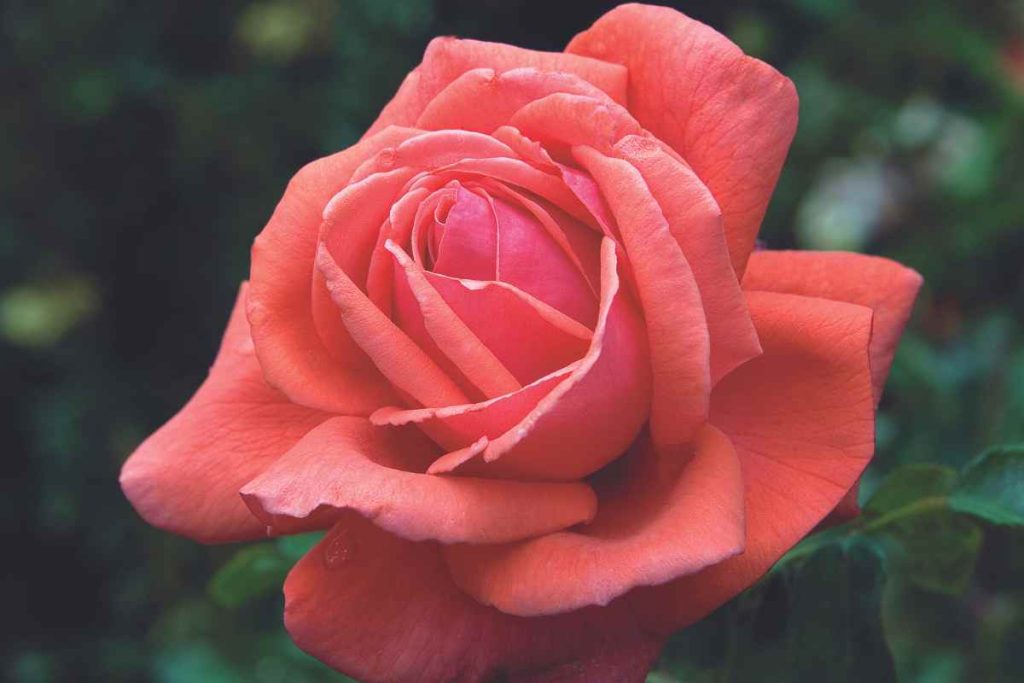



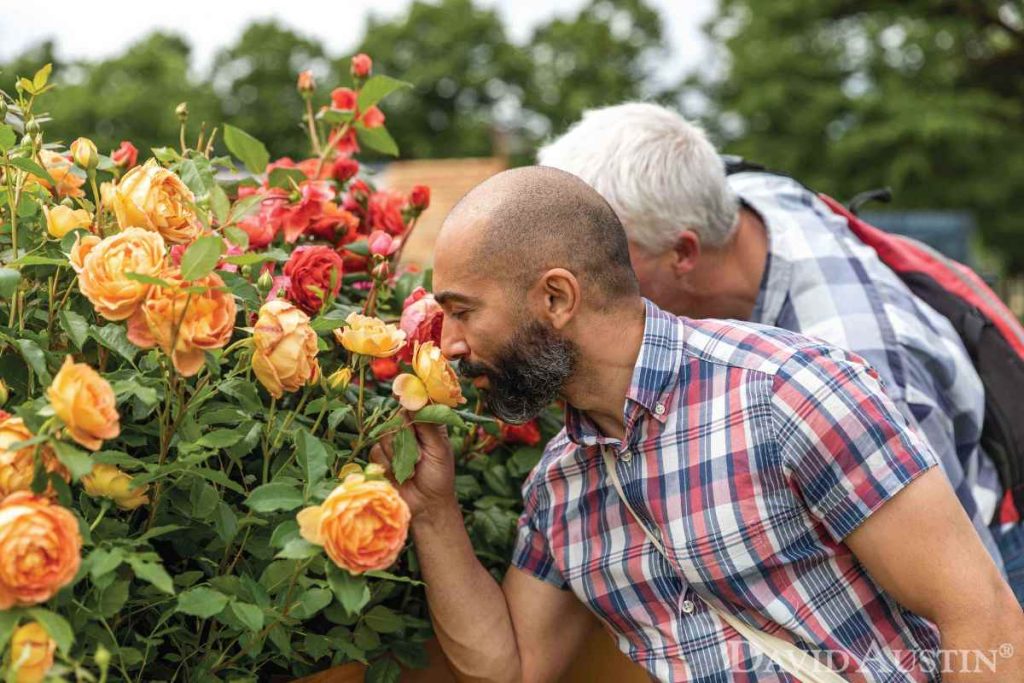
Paeonia – Peonies
Peonies, with their lush petals and stimulating fragrance, are another garden favourite cherished for their captivating scent. Whether in shades of blush pink, deep red, creamy white, or vibrant coral, peonies infuse the air with their sweet perfume, creating an air of relaxation and serenity. Like roses, peonies offer more than just visual beauty—they also possess therapeutic properties that promote relaxation and well-being. The scent of peonies has been linked to reduced stress levels and improved mood, making them a delightful addition to a sensory garden. A couple of beautiful and scented peonies are Henry Bockstoce and Sarah Bernhardt. With its enormous double-rich red blooms of up to 8” (20 cm) wide, Henry Bockstoce is not only a delight for the sense of smell but also sight. Likewise, the award-winning rose-pink double blooms of Sarah Bernhardt emote a captivating aroma. Henry Bockstoce and Sarah Bernhardt are both fabulous for sensory gardens and cut flowers. They both bloom from May through to July, grow to 90 cm (36”) and 100 cm (40”) respectively, are deer resistant, and are hardy to zone 2. Check out our detailed information on How to Plant, Grow, and Care for Your Peonies.
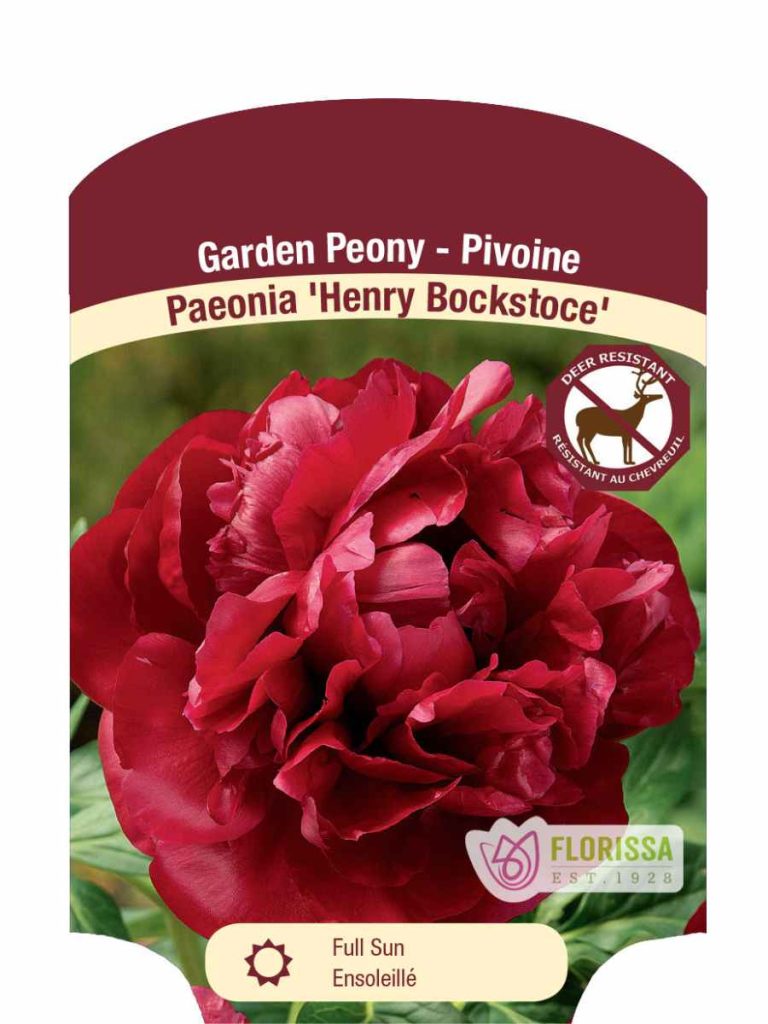
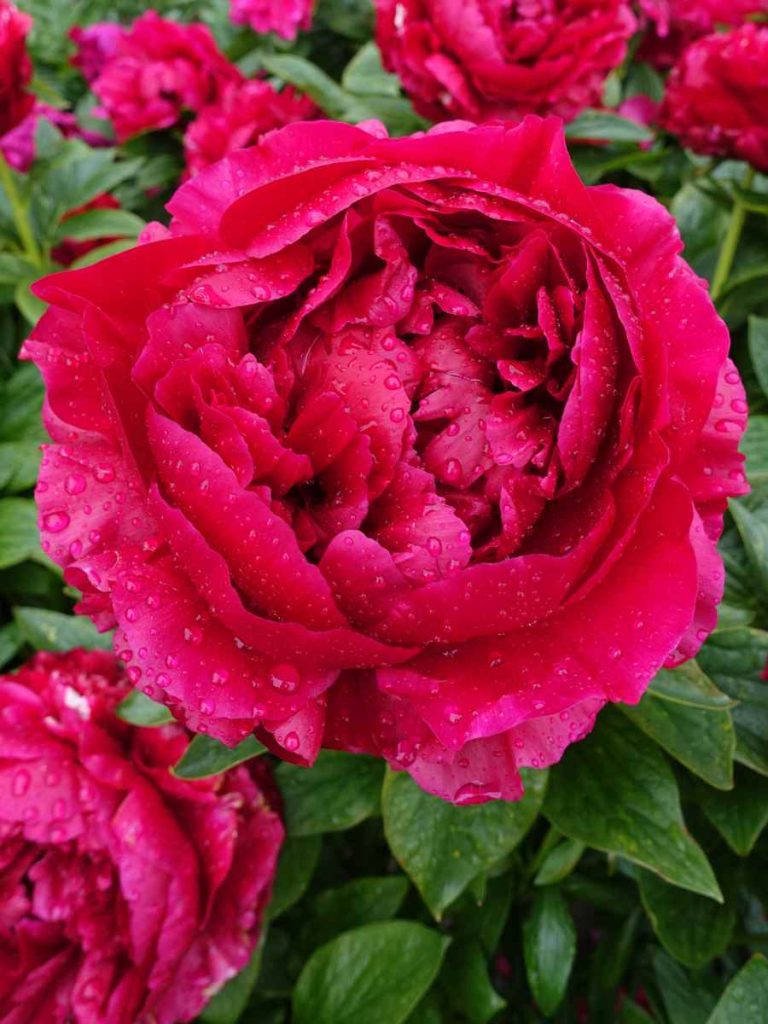
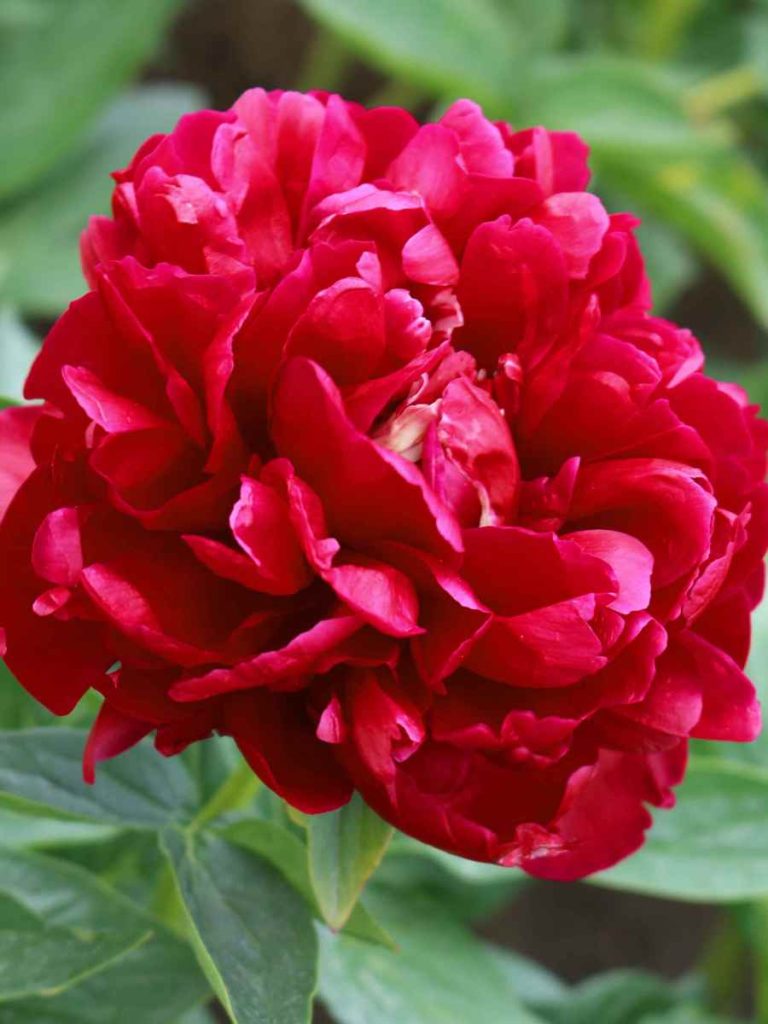
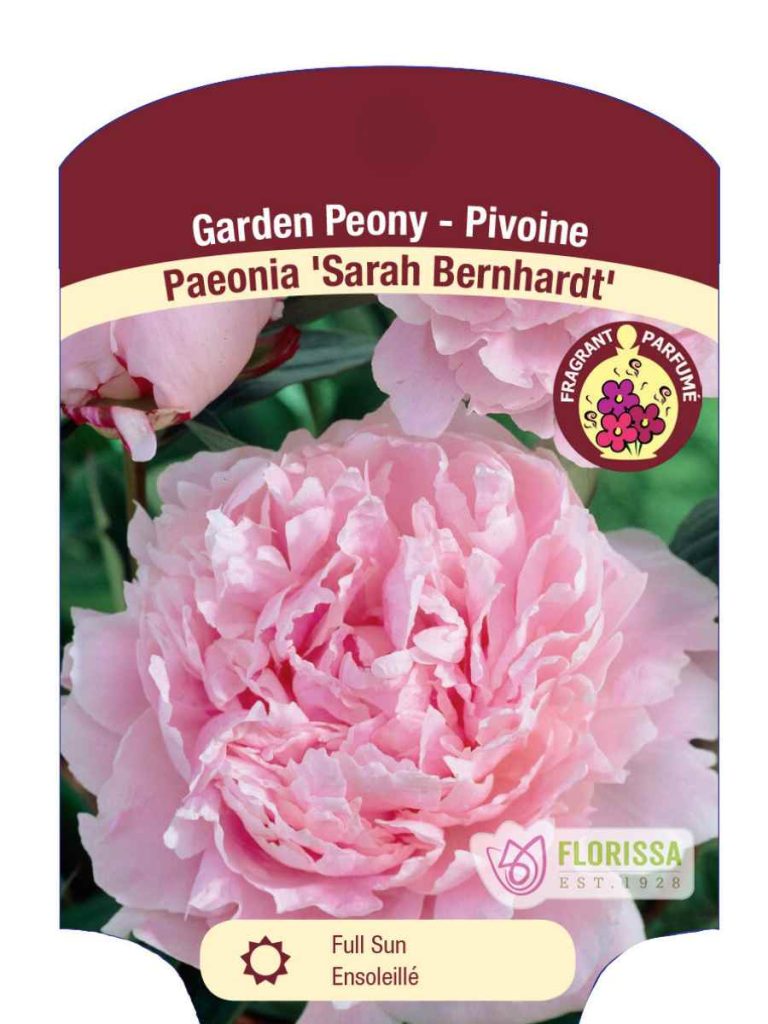
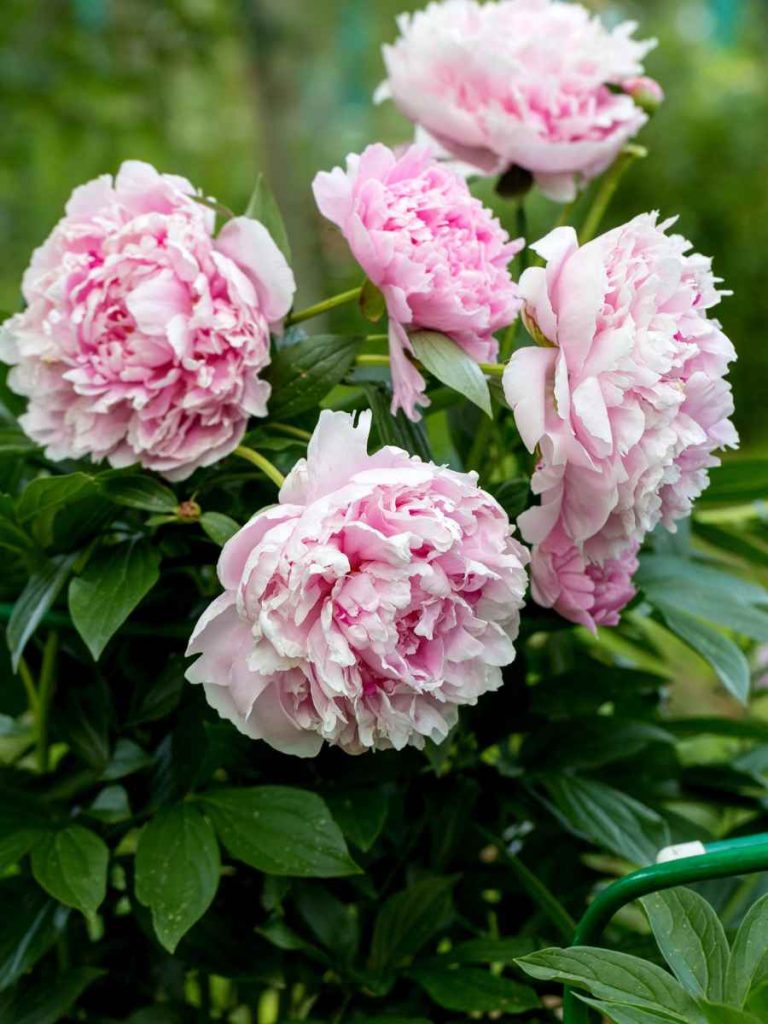

Sense of Sight
The garden is a feast for the sense of sight, with a diverse array of colours, textures, and shapes. Vibrant flowers, lush foliage, and even the addition of striking sculptures create a kaleidoscope of beauty, enticing visitors to explore every corner. When it comes to sight in the garden, it’s more than colour, it’s the mixture of all elements, and how they flow together. It’s the arrangement of the pathways, the additions of water features, the trees, bushes, and yes, the colours of the flowers. The options are endless when you are looking to stimulate your sense of sight. Contrasts in colours, shapes, patterns, and heights also lend to stimulating one’s sense of sight.
One of the first visual elements the eye catches in the garden is colour. Bright bold colours dazzle the sense of sight, illuminating the garden and heightening the excitement of the beholder.
Add bright splashes of colour to your garden with echinacea, iris or lilies! A few dynamic favourites are Iris Miss Apple, Echinacea PowWow Wild Berry, and Lilium African Queen. While mixing in various dynamic colours, why not add in some great colour combinations and shapes? Dicentra spectabilis, also known as bleeding hearts, is a delicate variety that adds splashes of colour to shady areas of the garden, while also infusing beautiful colour mixtures and an interesting petal formation. Calla Picasso will add elegant shapes to your garden, and a sensuous contrast of white and deep wine purple. In the world of horticulture, there is no end to the number of colour choices and combinations! A garden is a palette that can become a feast for the eyes!
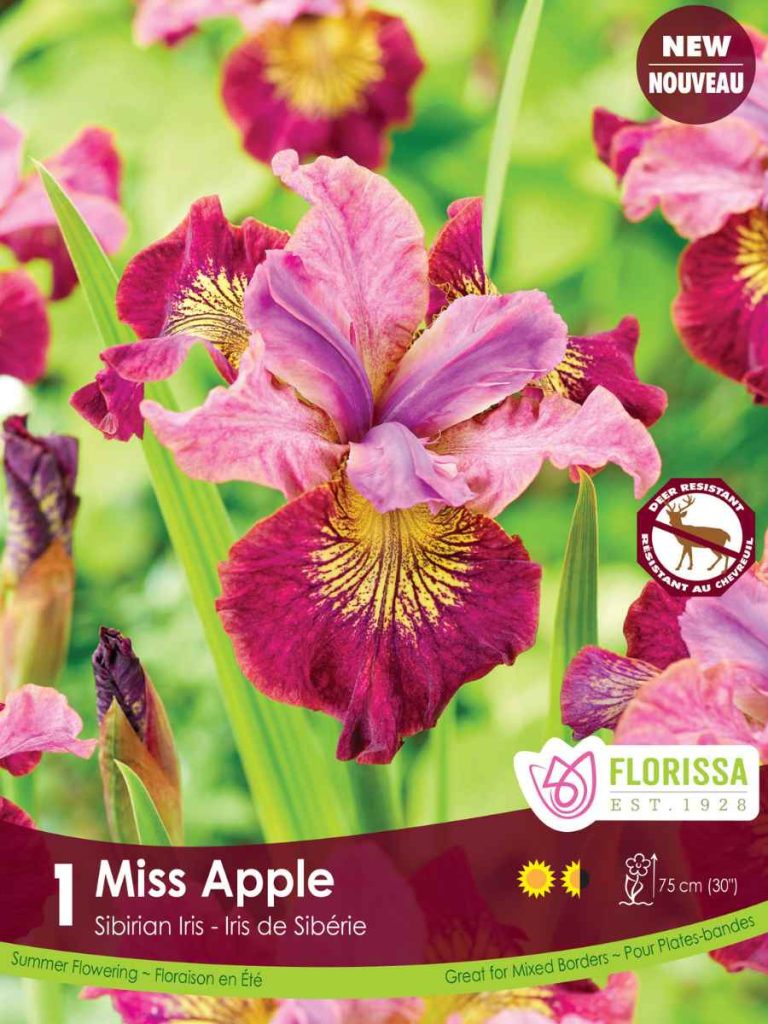
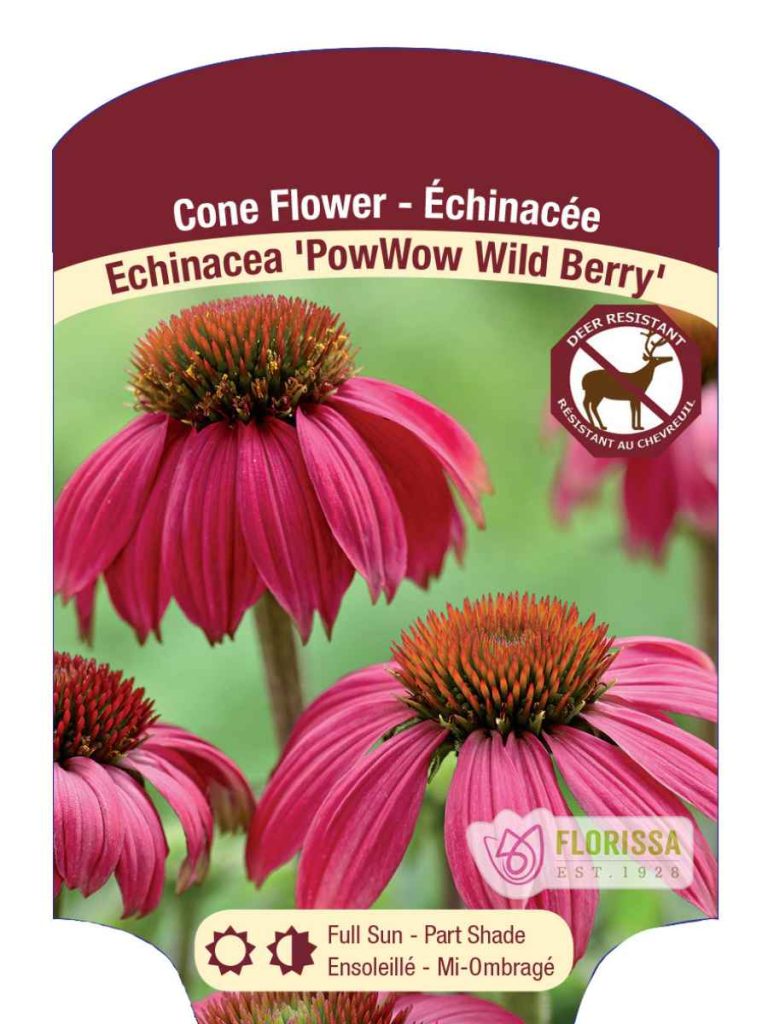

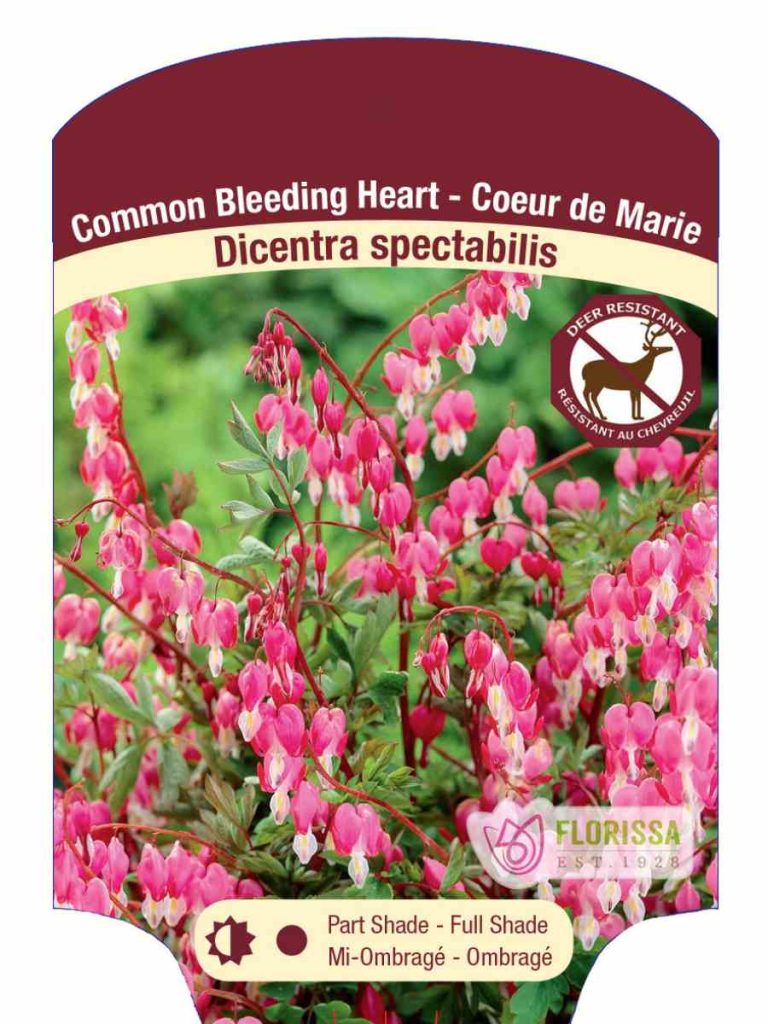
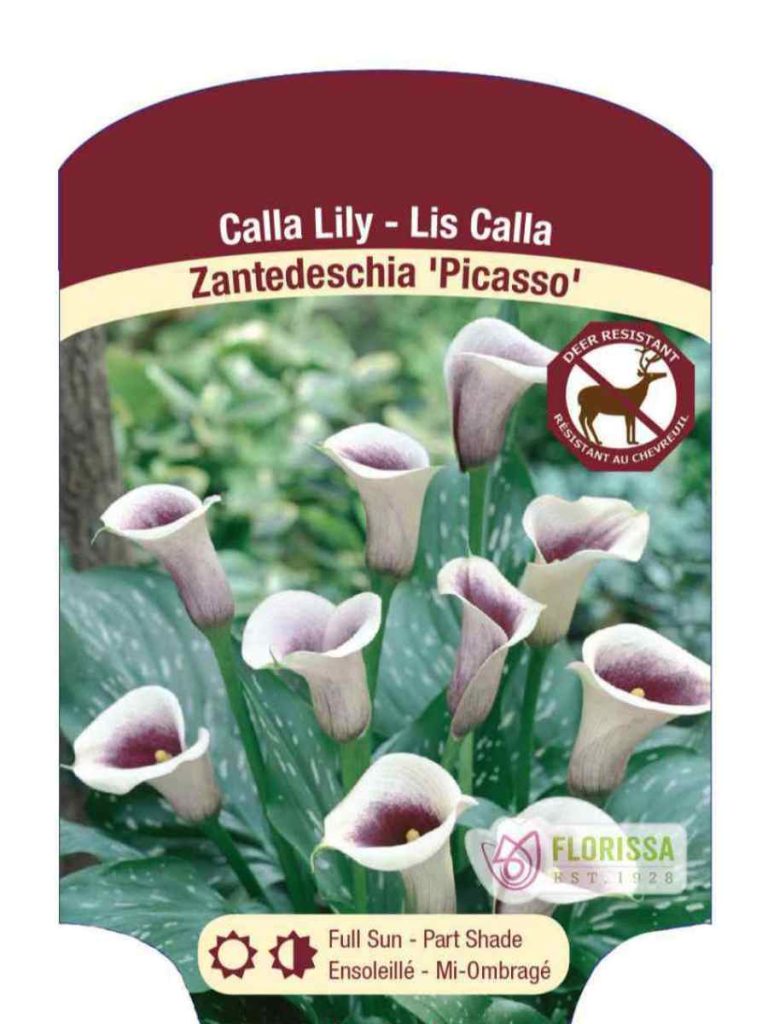
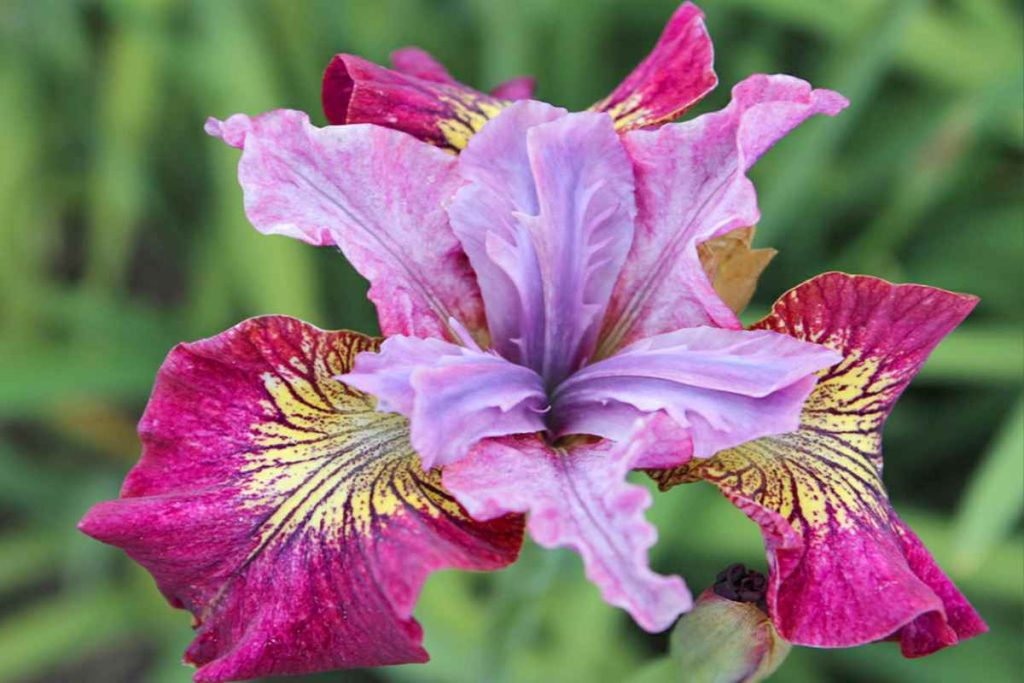
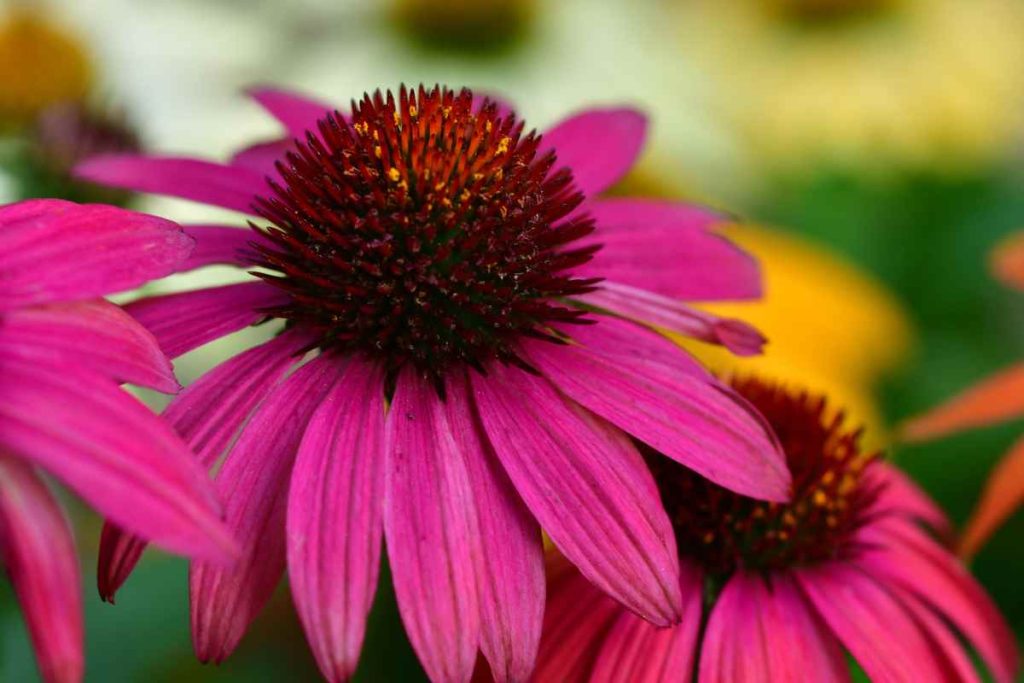
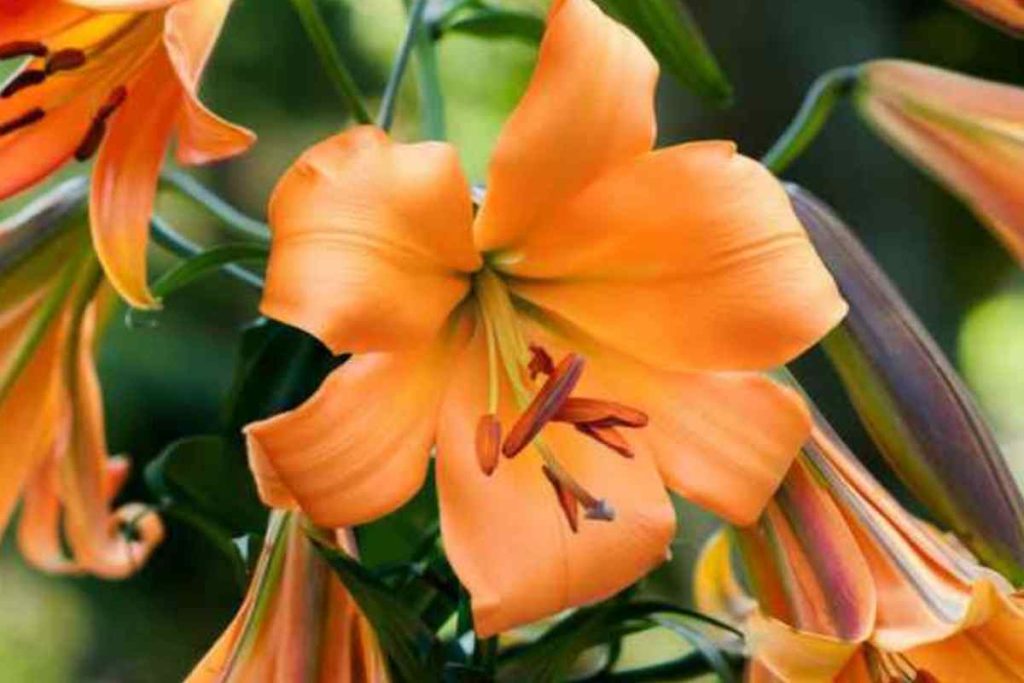
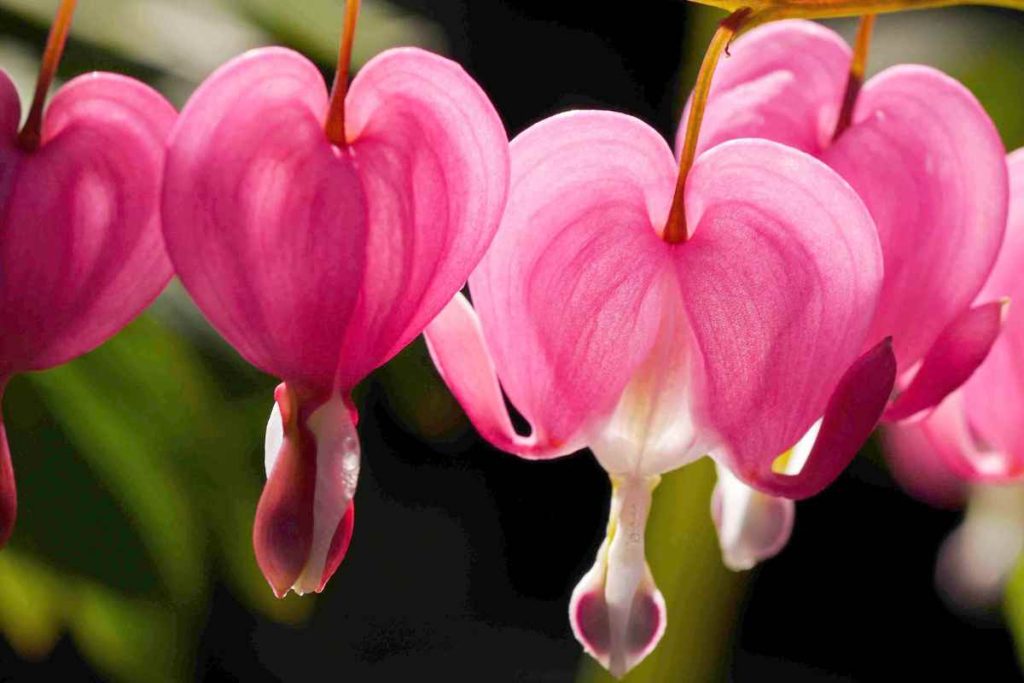
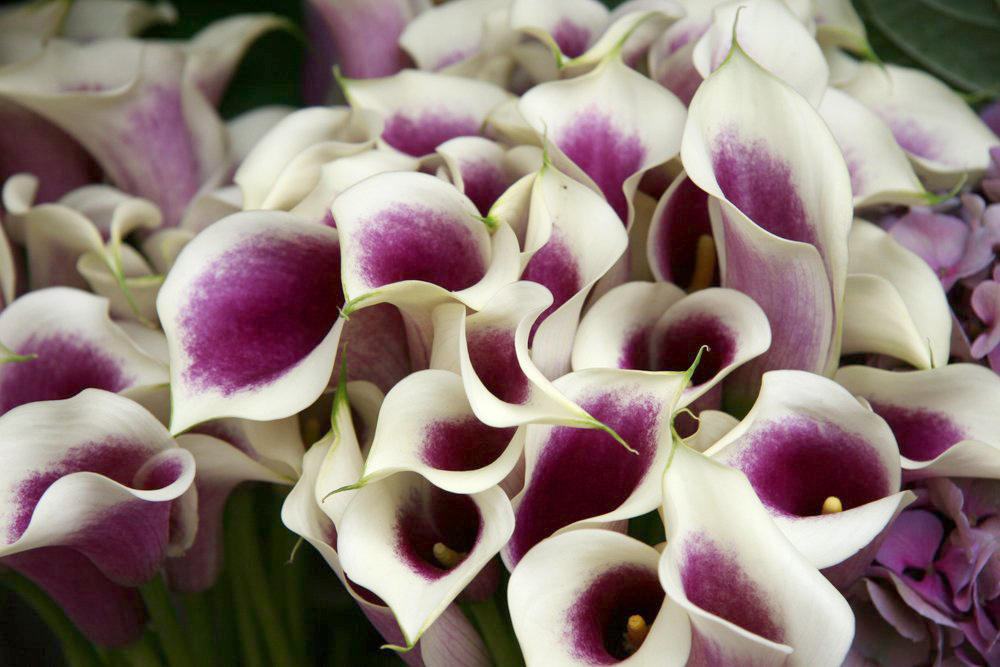
In addition to adding bright colours to the garden, out-of-the-ordinary, unique flowers offer a delight for the eyes. Many different varieties catch one’s eye due to their unique form and colour. Flowers that have a tropical feel, such as hibiscus, can ignite memories of vacations, relaxation on the beach, or dreams of being oceanside. To bring back the memories of the tropics, Hibiscus Starry Starry Night will do just that! These flowers will have you reminiscing about your days basking in the sun! Looking to add some intrigue to the garden? If so, look no further than the unique blooms of Hemerocallis. From the wild colour combination of Night Beacon to the fantastical shape of Tigereye Spider, Hemerocallis will add colour and shape for your eyes to explore.

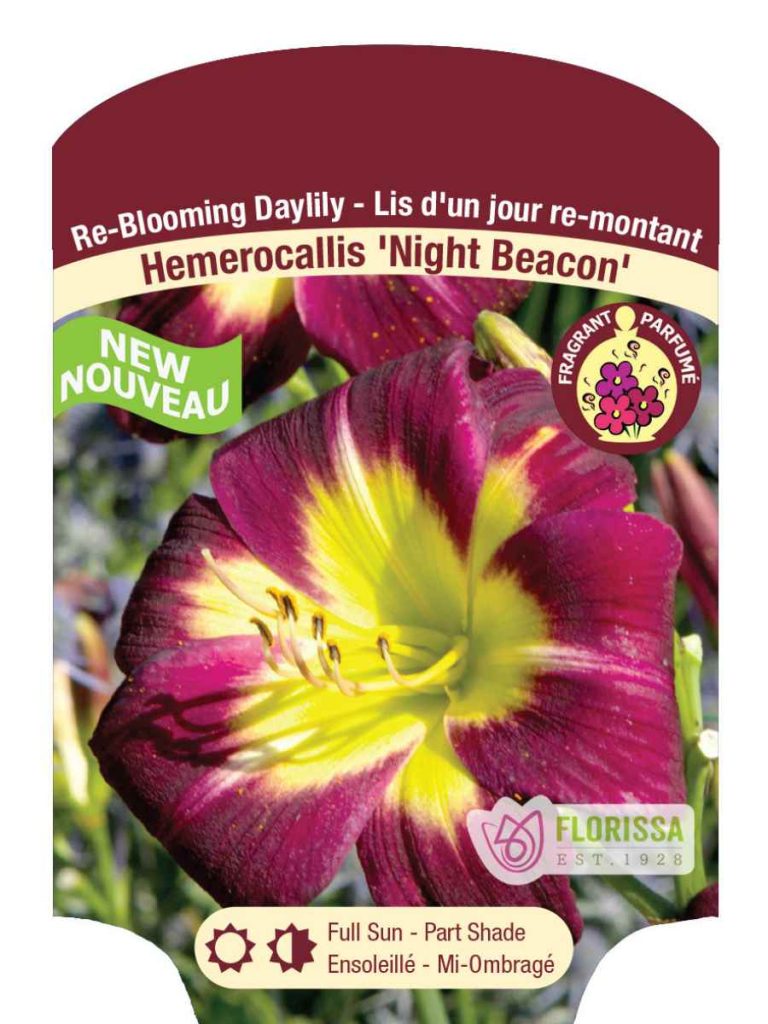
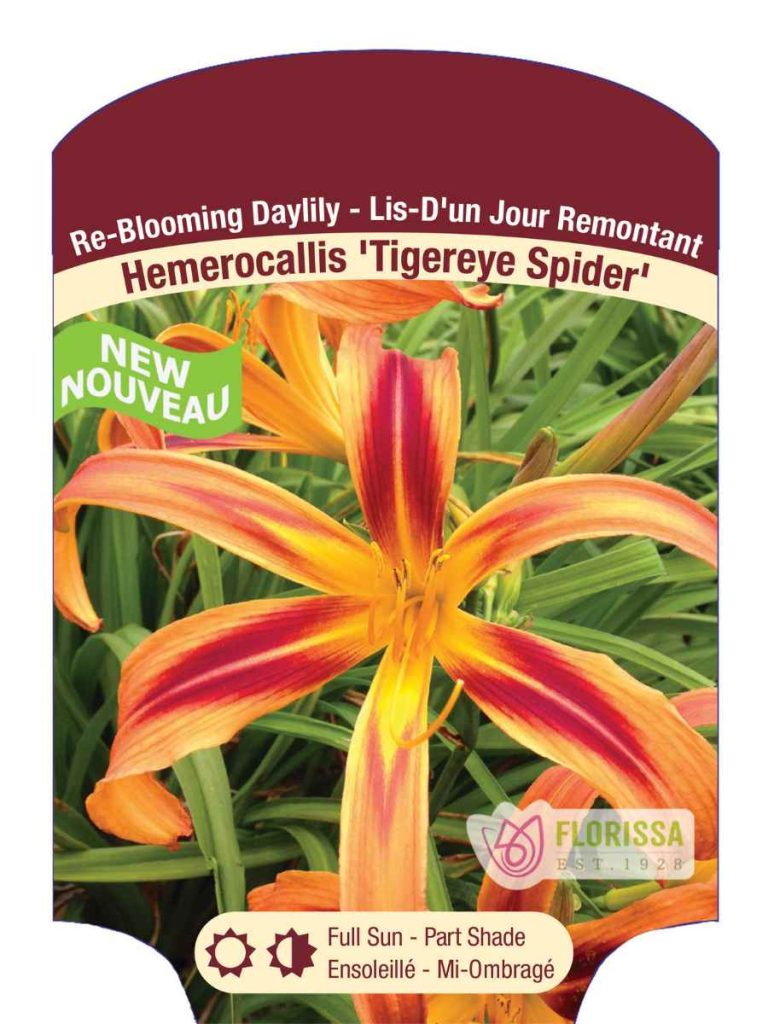
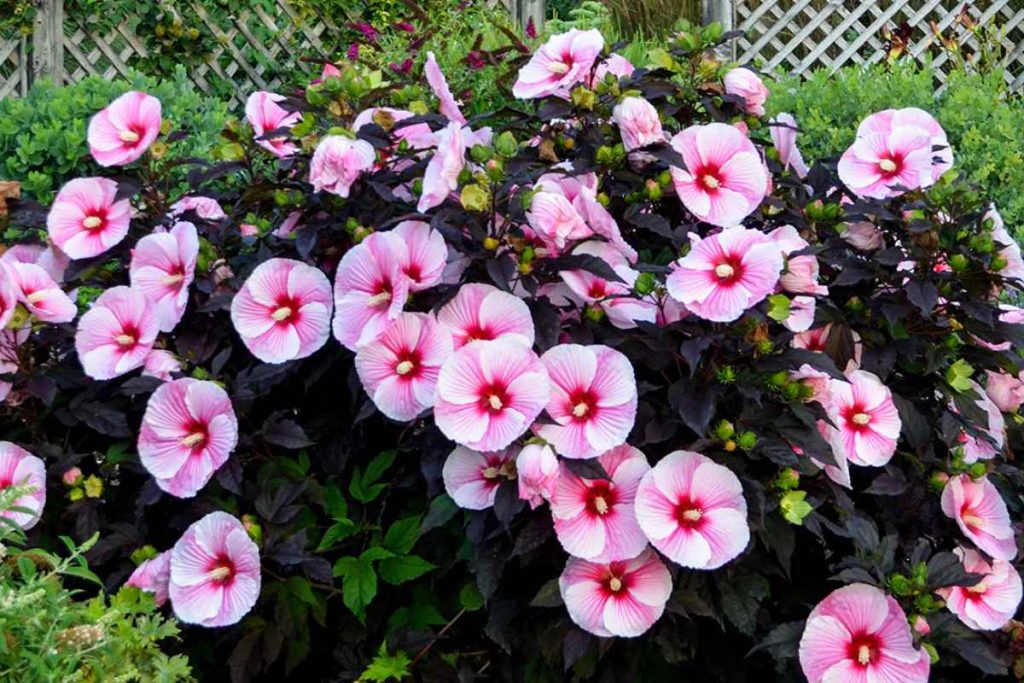
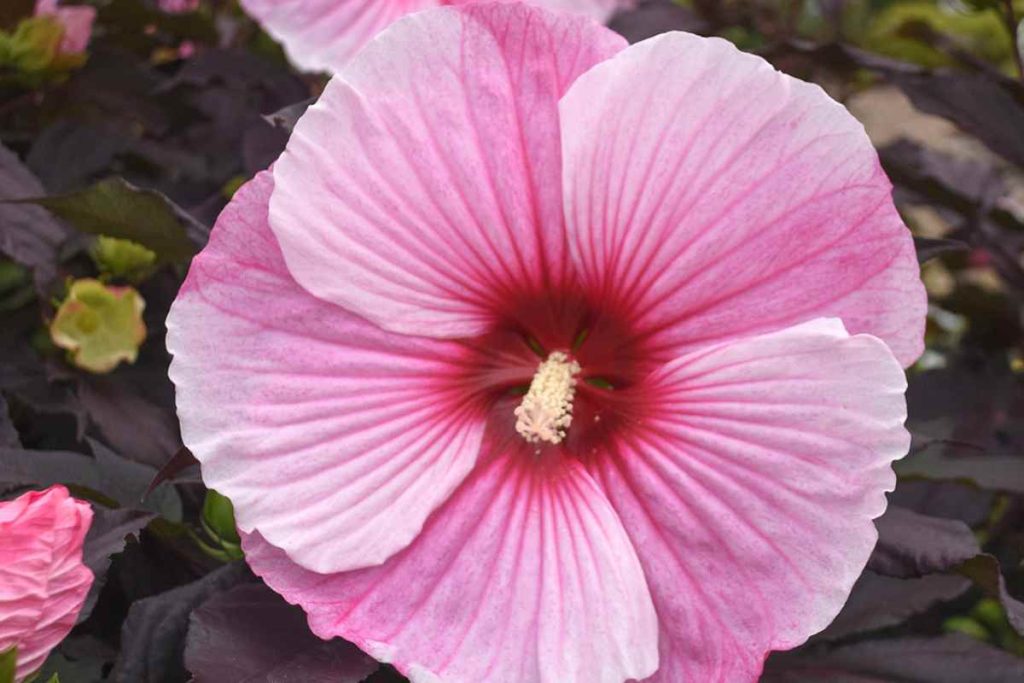
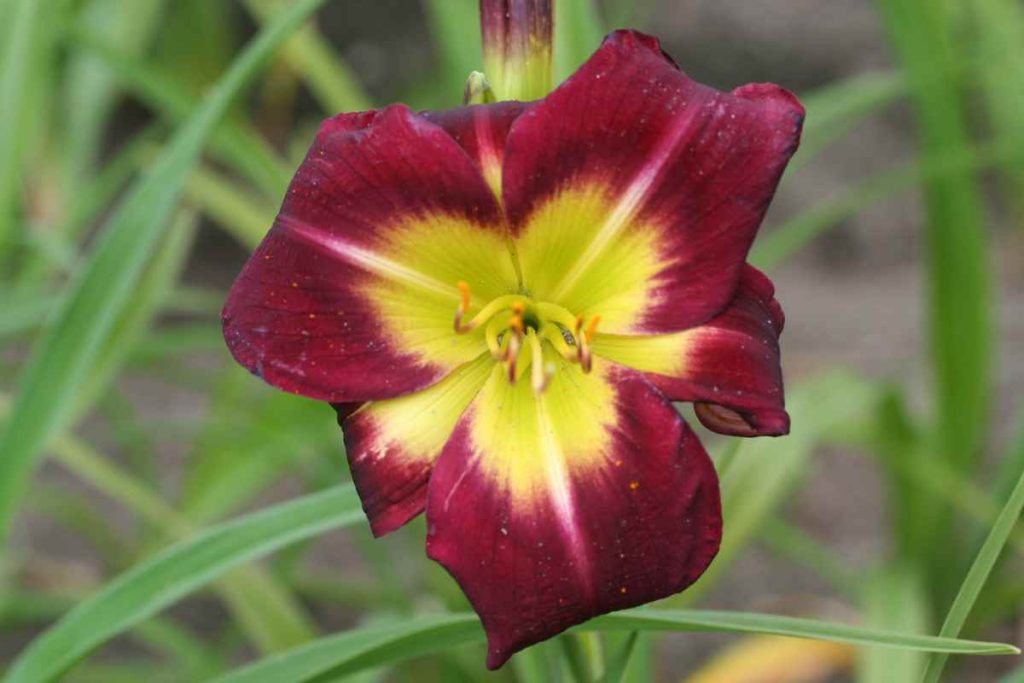
Sense of Hearing
The auditory element in a garden is as vital as its visual beauty. To add natural sounds, consider planting ornamental grasses that rustle soothingly in the wind. There are many fabulous grasses to incorporate into the garden which not only create wonderful sounds to enjoy but are also visually appealing. Try planting Panicum Prairie Sky, also known as Switchgrass, which grows to 1.8 m (6’), to catch the rushing gusts of wind. Installing wind chimes adds a gentle, melodic element. Water features, such as a fountain or a small waterfall, can introduce a calming, continuous sound that masks the clamour of the outside world. The sounds of water trickling, wind blowing through the grass, and leaves rustling on the trees create a calming setting for maximum relaxation. To bring the melodic sounds of chirping birds to your garden, consider hanging a bird feeder, which will also delight your sense of sight!
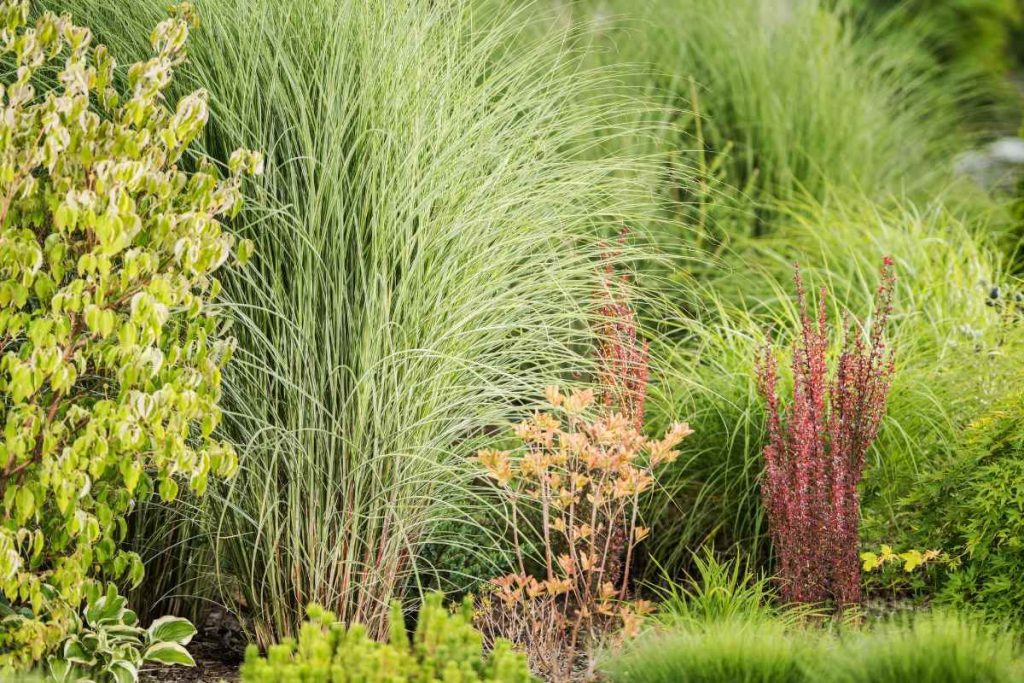
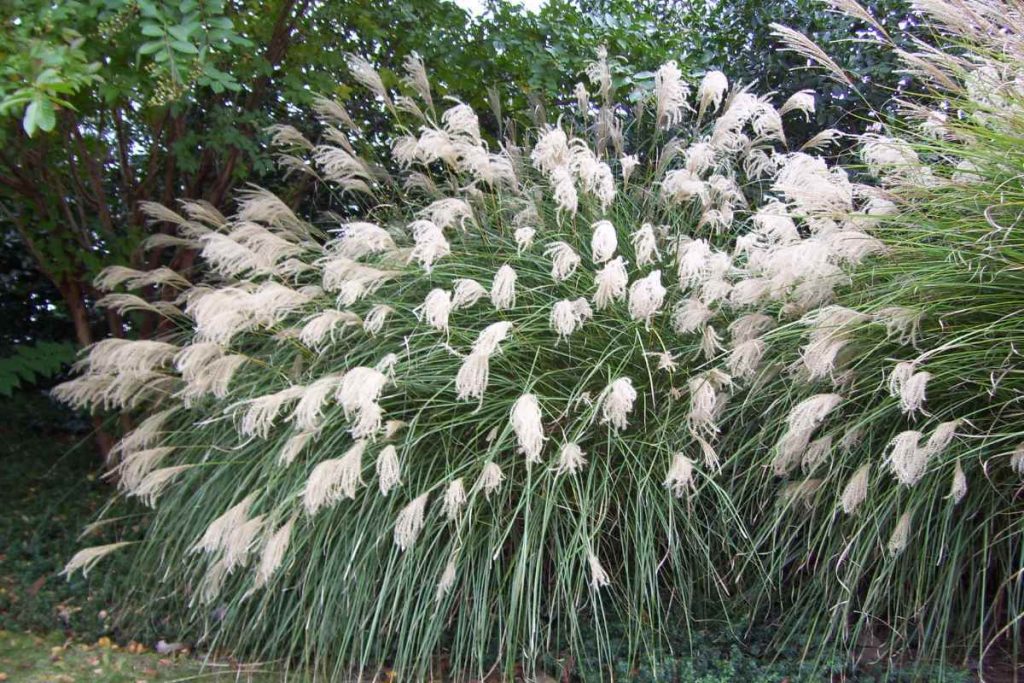
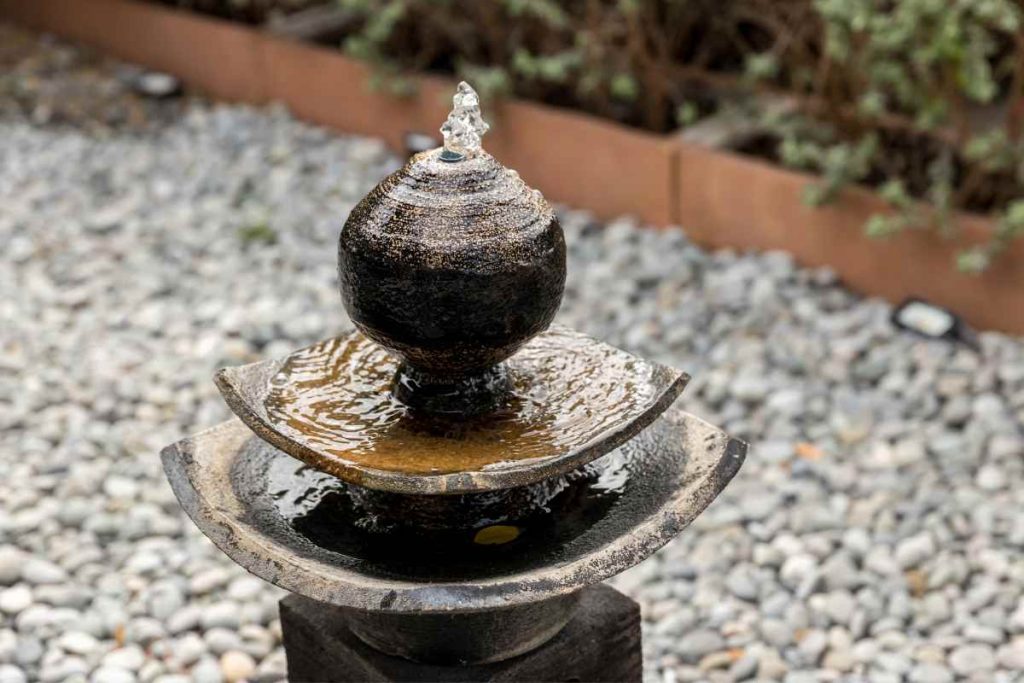
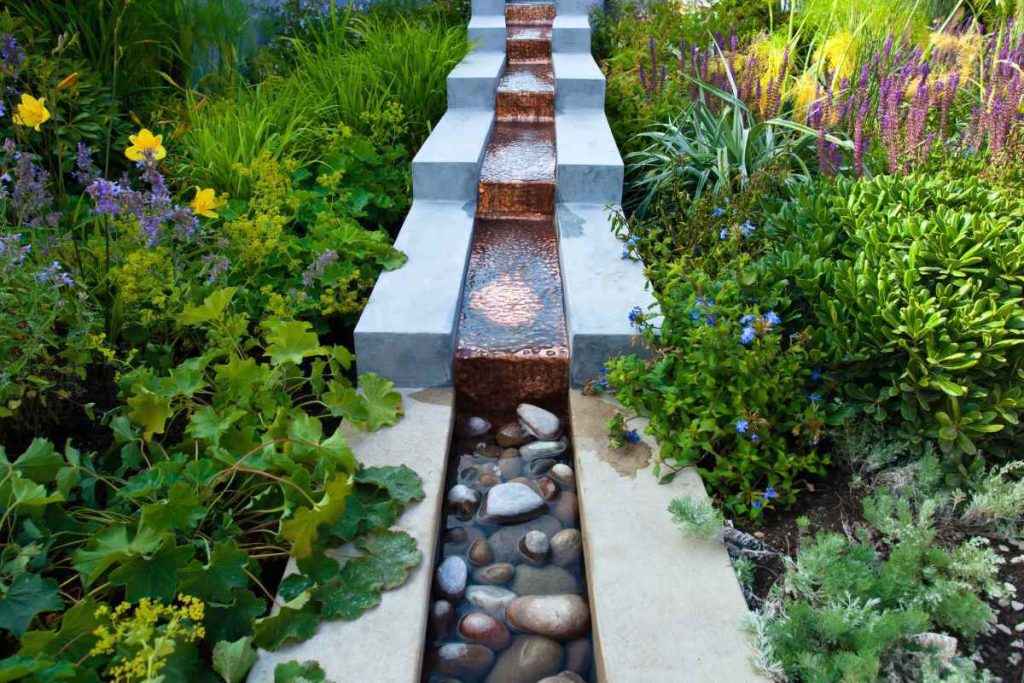
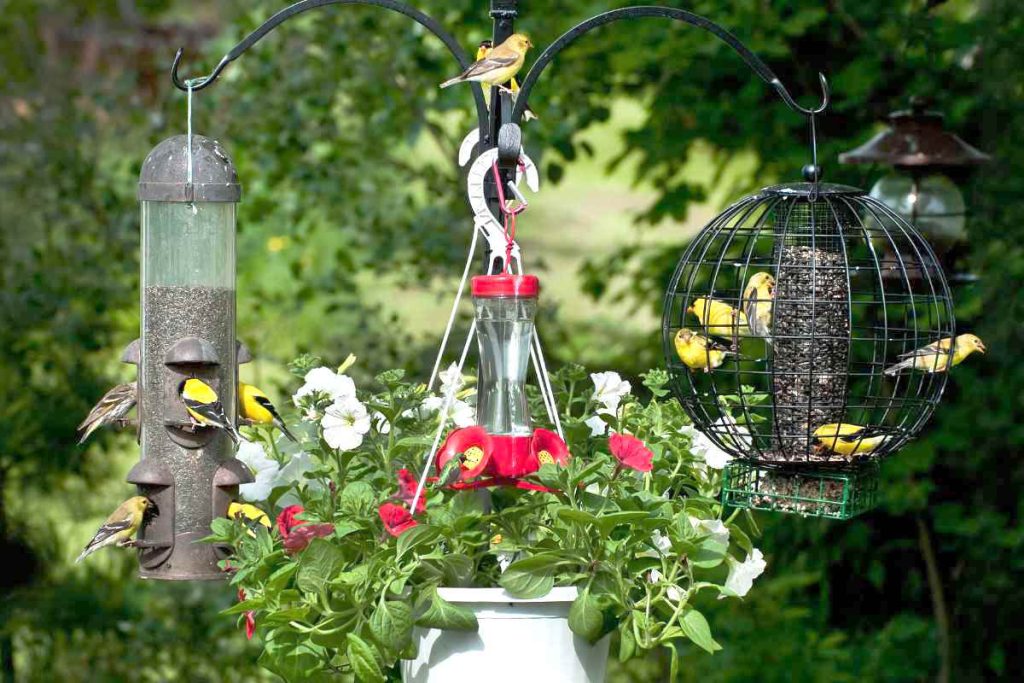
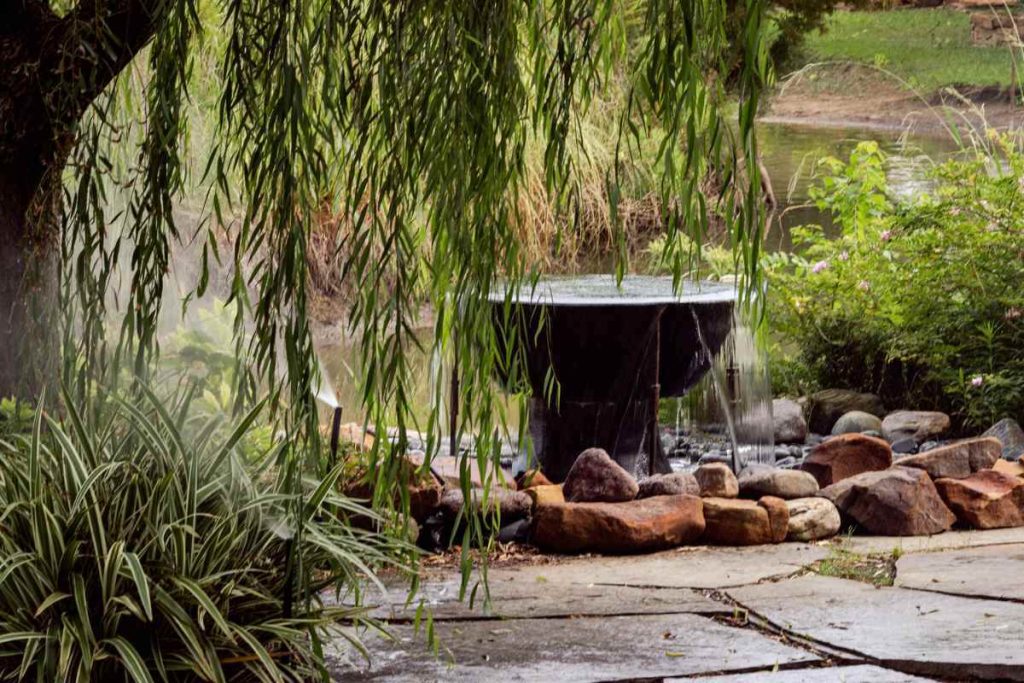
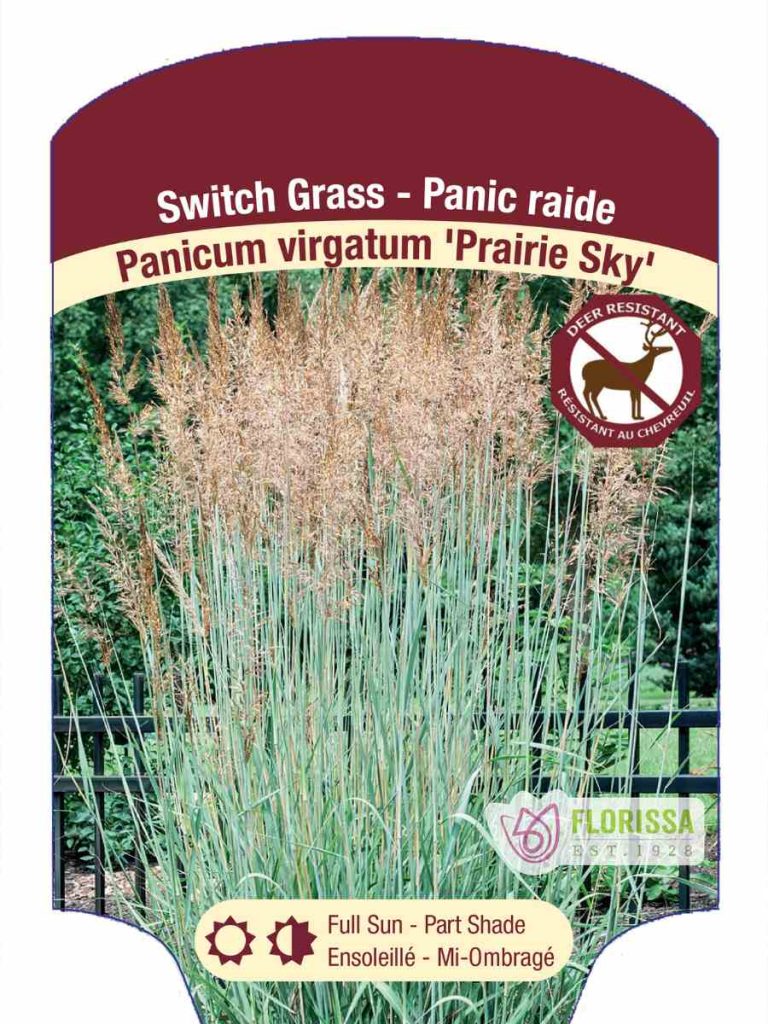
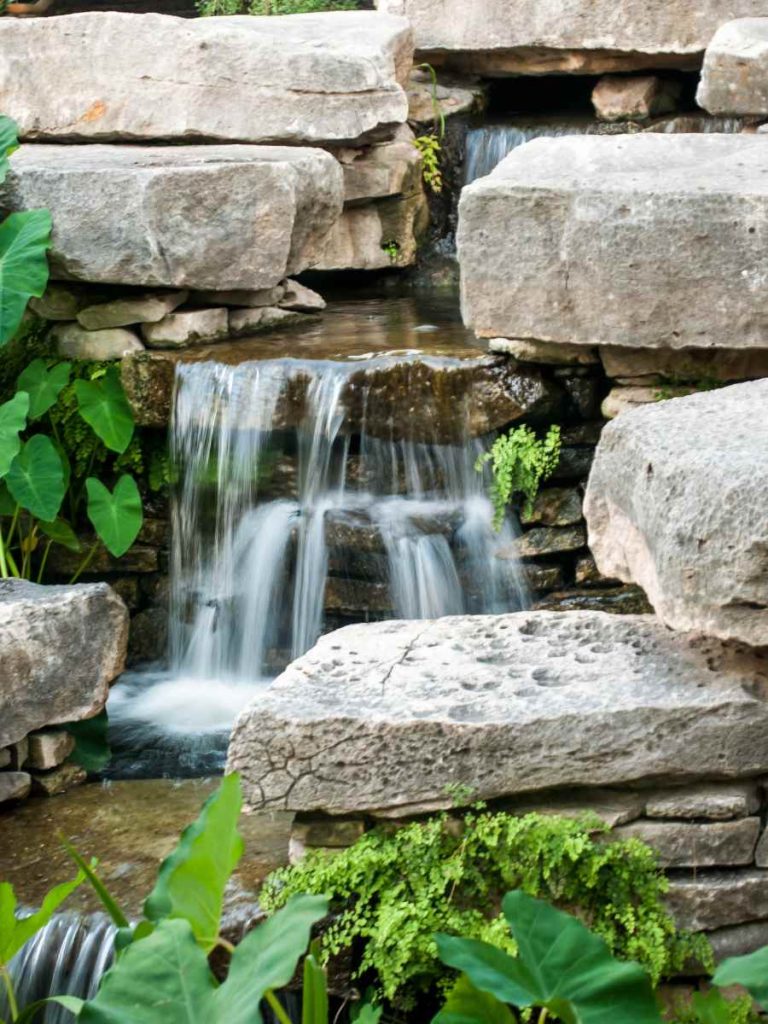
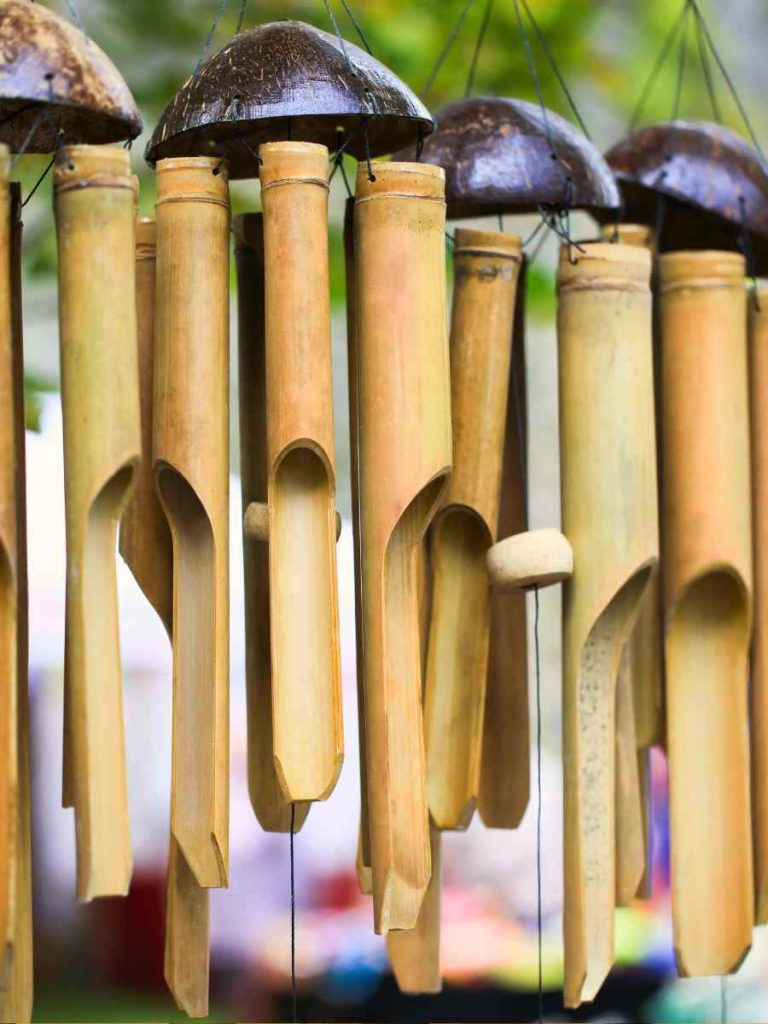
Sense of Taste
Why not include tasty edible plants and herbs in your sensory garden and provide the flavours of nature? From sweet berries to savoury herbs, these culinary delights add an extra dimension to the sensory journey. No sensory garden would be complete without plants that engage the sense of taste. Image walking barefoot down a cobblestone path. Take in the sights of beautiful bright flowers and their captivating scents and feel the wind flow softly through your hair. Then being able to pick some berries off a bush to taste? Delighting all your senses in one! Incorporating edible plants not only adds visual interest but also provides a source of fresh produce for your kitchen. From flavour-filled garlic and crisp rhubarb to fragrant herbs and succulent berries, there’s a bounty of delicious options to choose from. Create a culinary sanctuary by planting a vegetable patch, berry bushes, or a herb garden, where you can harvest ingredients for home-cooked meals that are as nourishing as they are delicious.
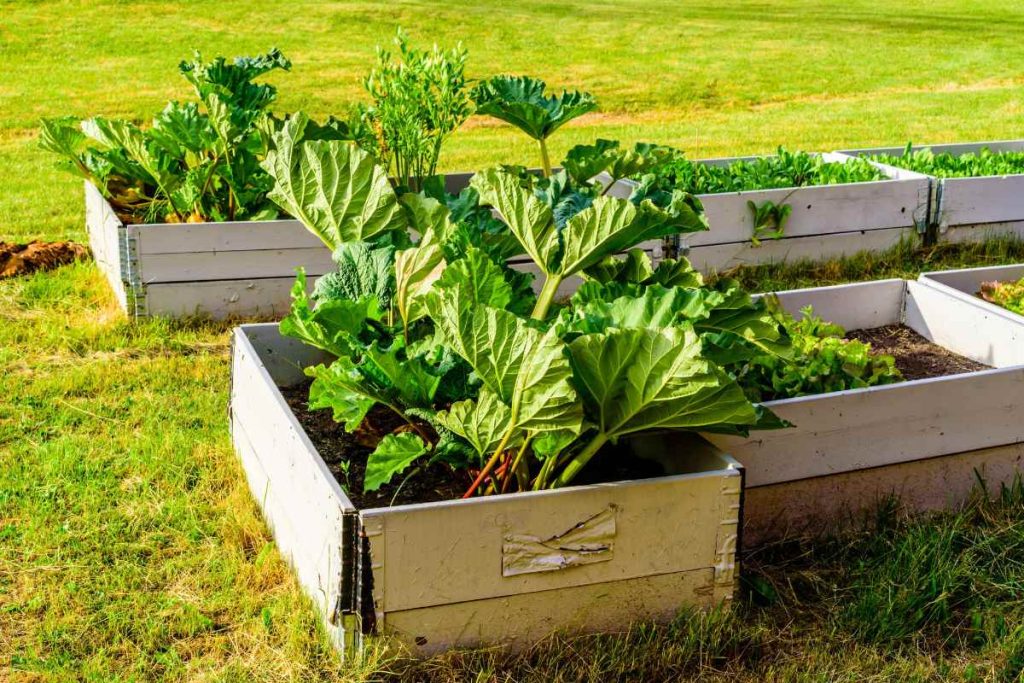
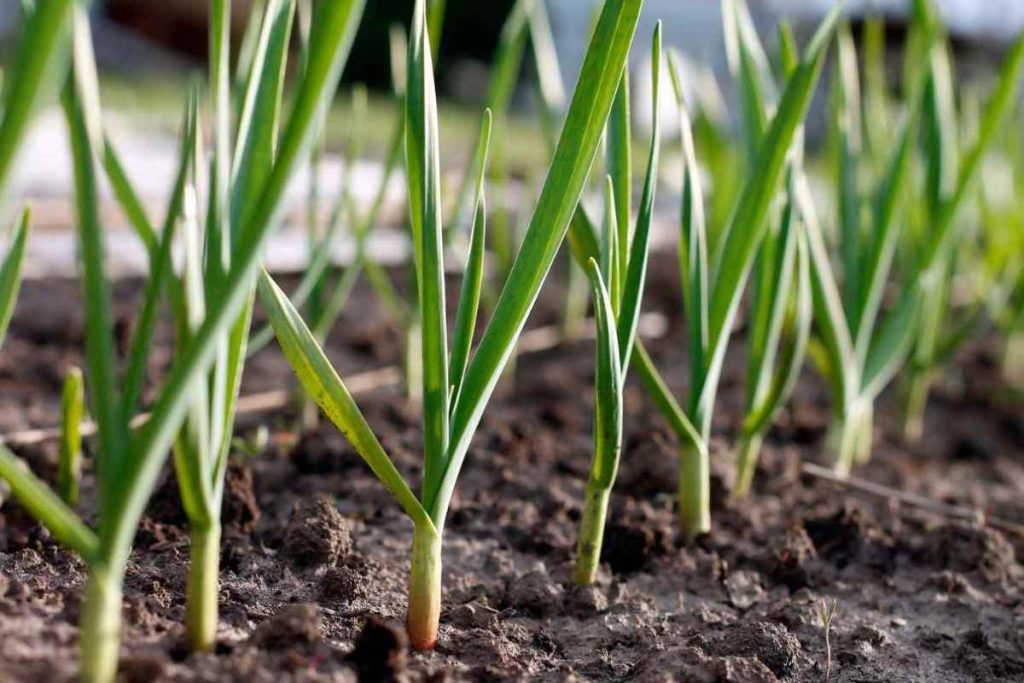
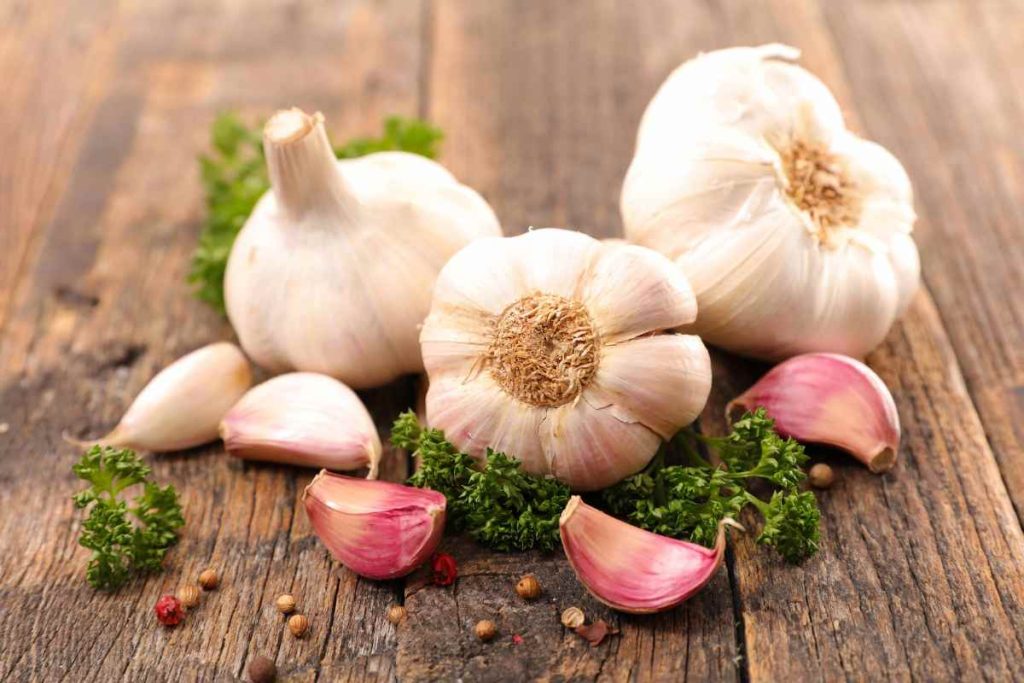
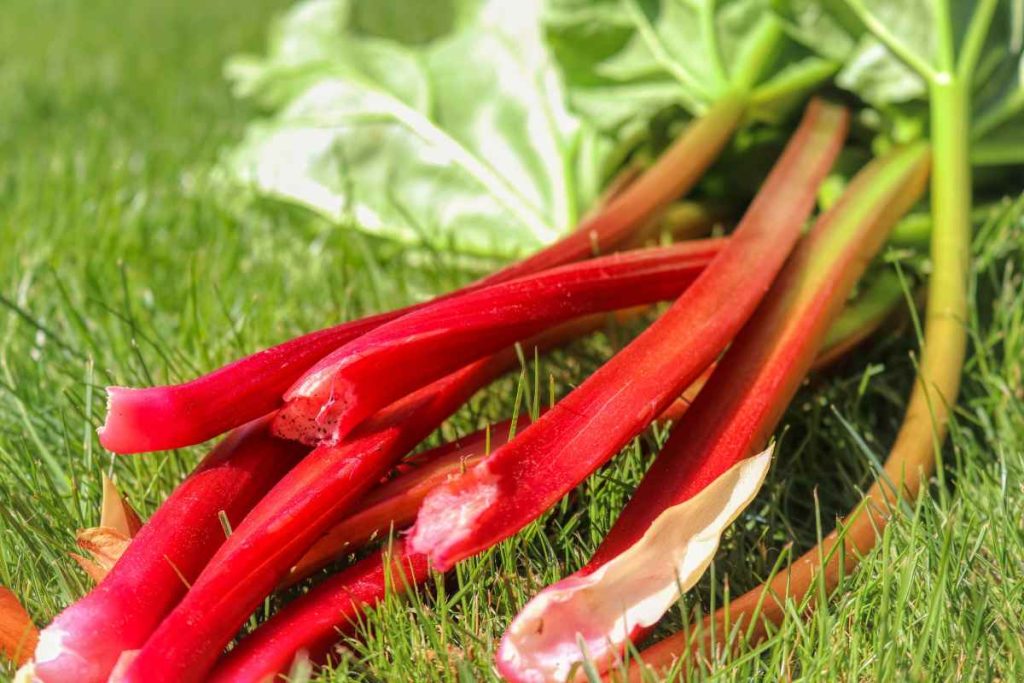
When selecting plants for your sensory garden, consider incorporating those that offer a feast for the senses. The ever-popular strawberry offers delight to many of our senses. The berries tantalize our taste buds, but also the bright red colour is pleasing to the eye, and the bumpy texture of the berries provides a tactile element for our sense of touch. A favourite of our berries is Seascape. This everbearing strawberry produces large crops of sweet, firm fruit. Enjoy masses of these berries from June through September. Blueberries act like candy in the garden, providing a sweet treat that you can eat right off the bush! For large, bright blue and sweet blueberries, plant Bluecrop.
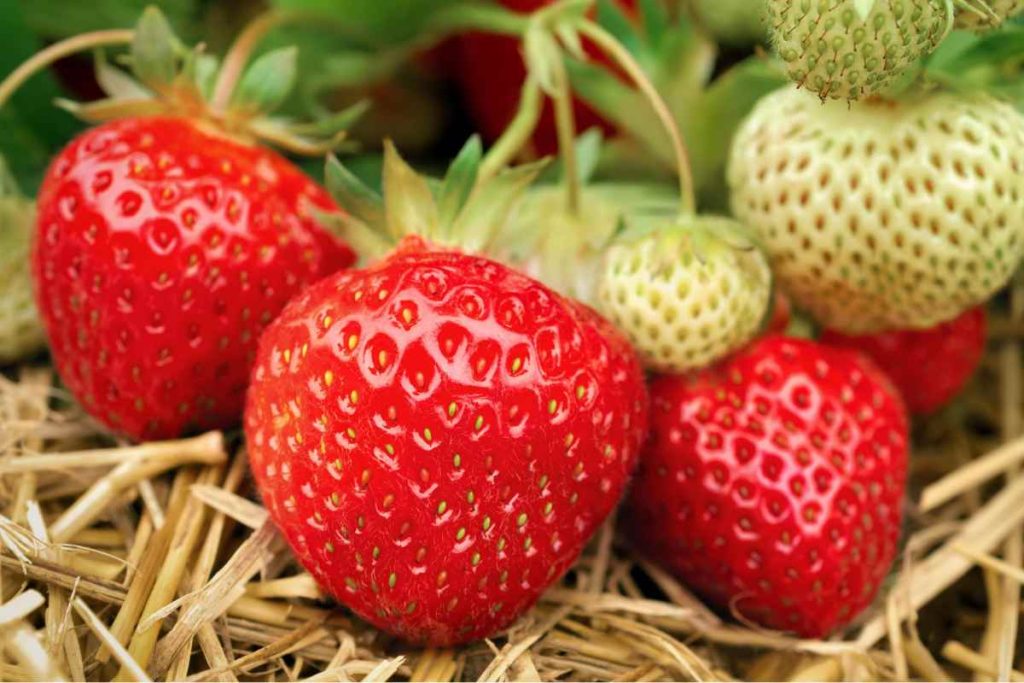
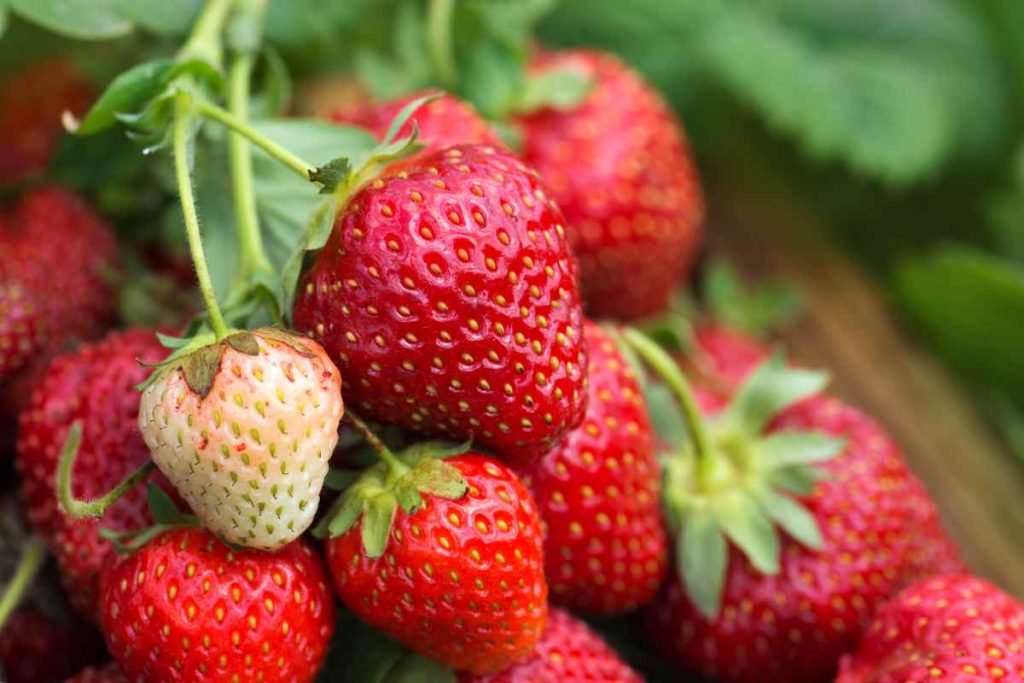


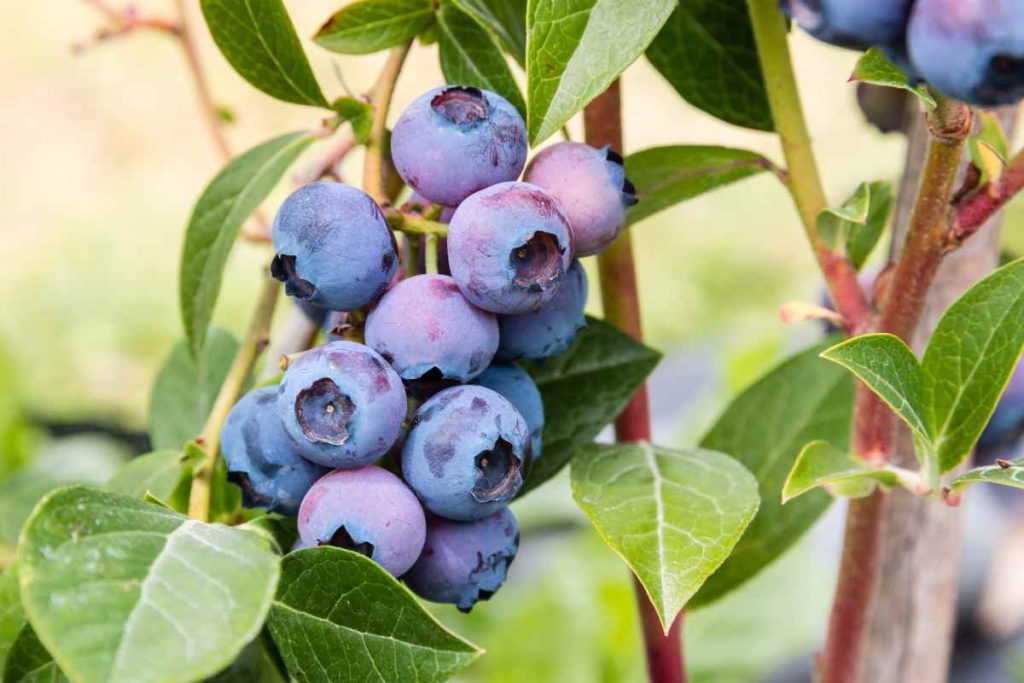
Apart from fruit and vegetables in your sensory garden to delight your sense of taste, adding herbs is a logical choice we cannot ignore. Mint, basil, lemon balm, cilantro and sage are just a few aromatic and tasty herbs you can easily grow in your sensory garden.
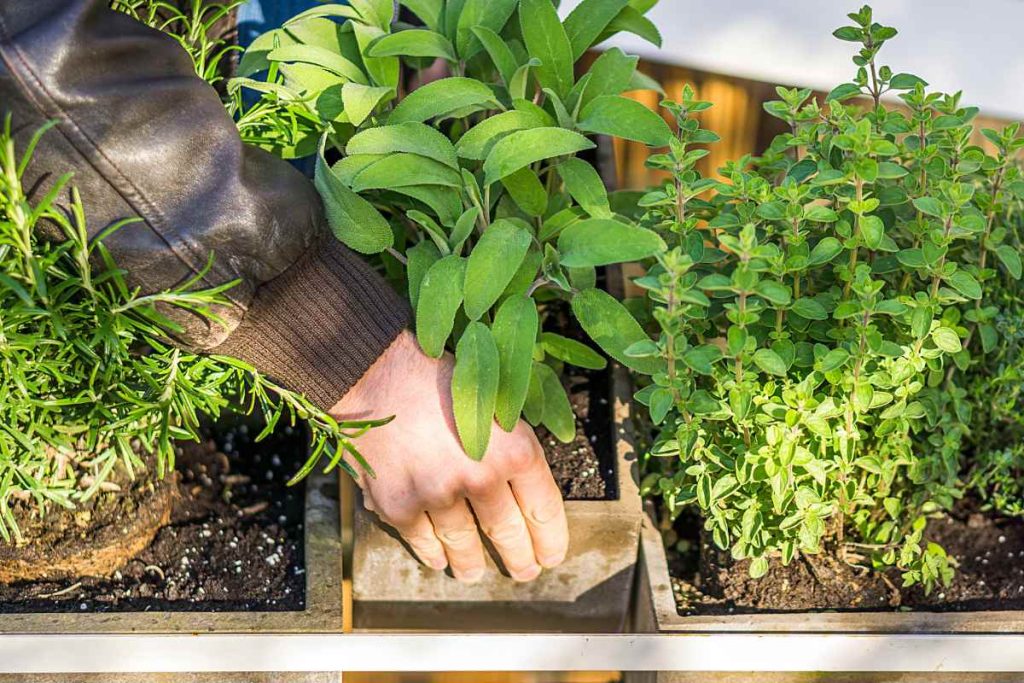

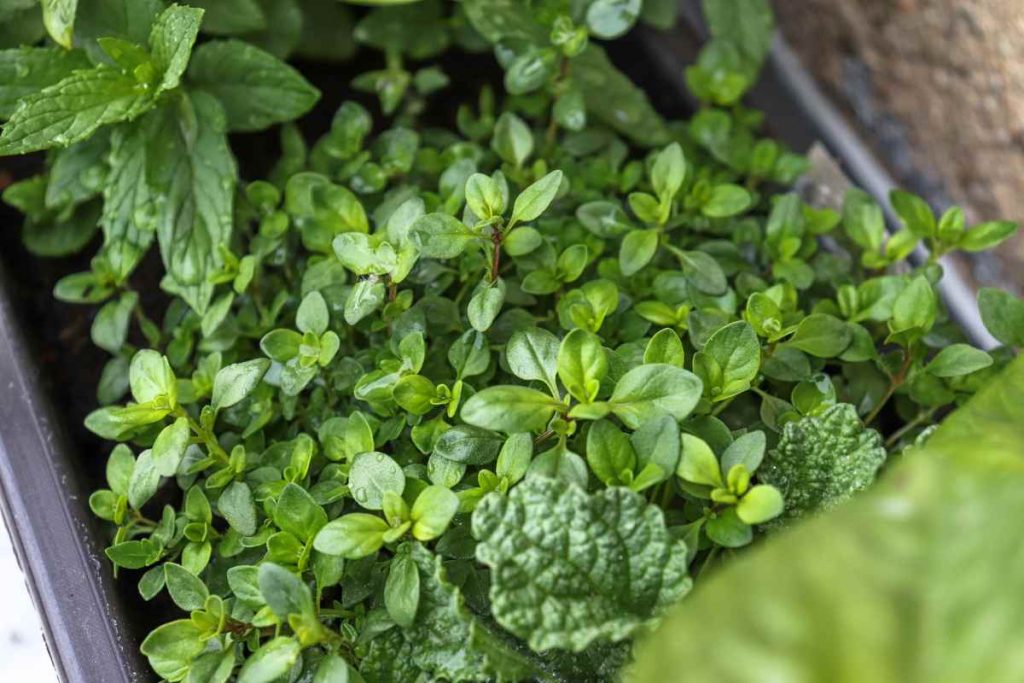
Sense of Touch
Have you ever been in a garden and wanted to reach out and touch the leaves or flowers? In a sensory garden, it’s encouraged! Studies have shown that tactile stimulation can reduce stress, improve mood, and promote relaxation. Illuminating the sense of touch requires careful consideration of texture, form, and accessibility. Incorporating a diverse array of tactile elements—from soft foliage to smooth stones—ensures a rich sensory space to experience.
In a sensory garden, textures invite visitors to reach out and engage with their environment. From the softness of Stachys byzantine, also known as Lambs Ear, to the prickly bloom of Echinops, each texture elicits a unique sensory response. Incorporating plants with contrasting textures—such as the fuzzy foliage of sage juxtaposed with the glossy leaves of a fern—creates visual interest and encourages tactile exploration. Athyrium Limelight is a beautiful lime green fern featuring a textile surface. It grows to 45 cm (18”), is deer resistant, and hardy to zone 5. Something as simple as removing shoes and walking barefoot on grass, moss, smooth pebbles, or a stone path can ignite the sense of touch.
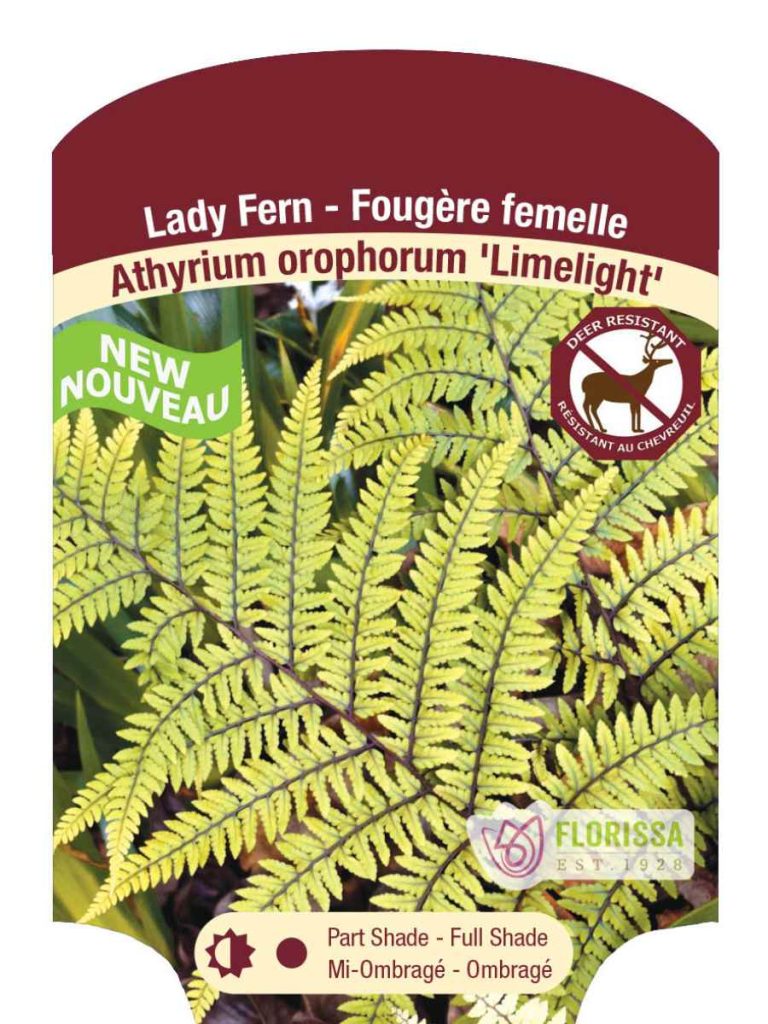
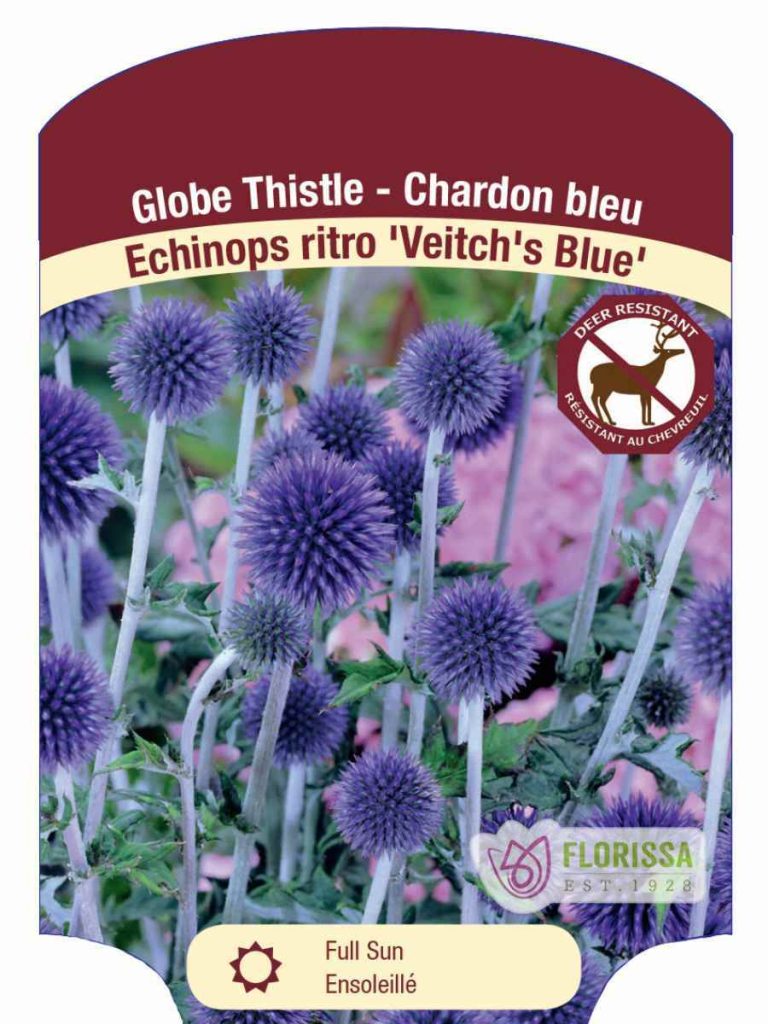
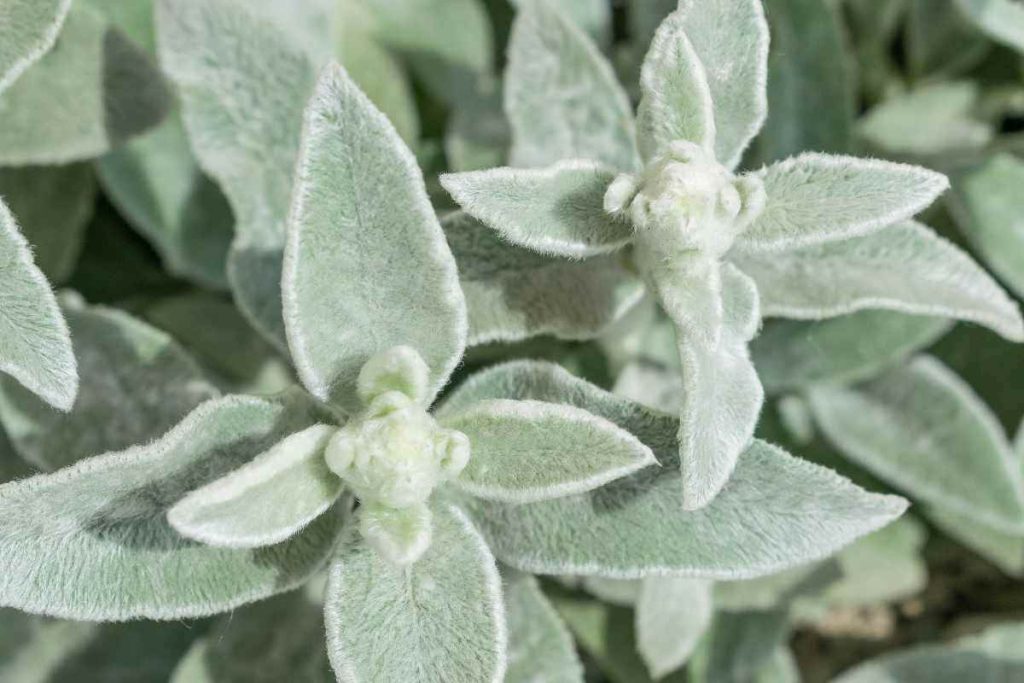
Plant Sagina subulata, Irish moss, which is an attractive spreading groundcover, that grows to 5 cm (2”) and is hardy to zone 4. Include soft sweeping grasses such as the blades of Hakonechloa Sunflare, Japanese forest grass, which gives the garden a smooth grass to touch and feel, but also plays for the ears as the wind whips through its stalks.
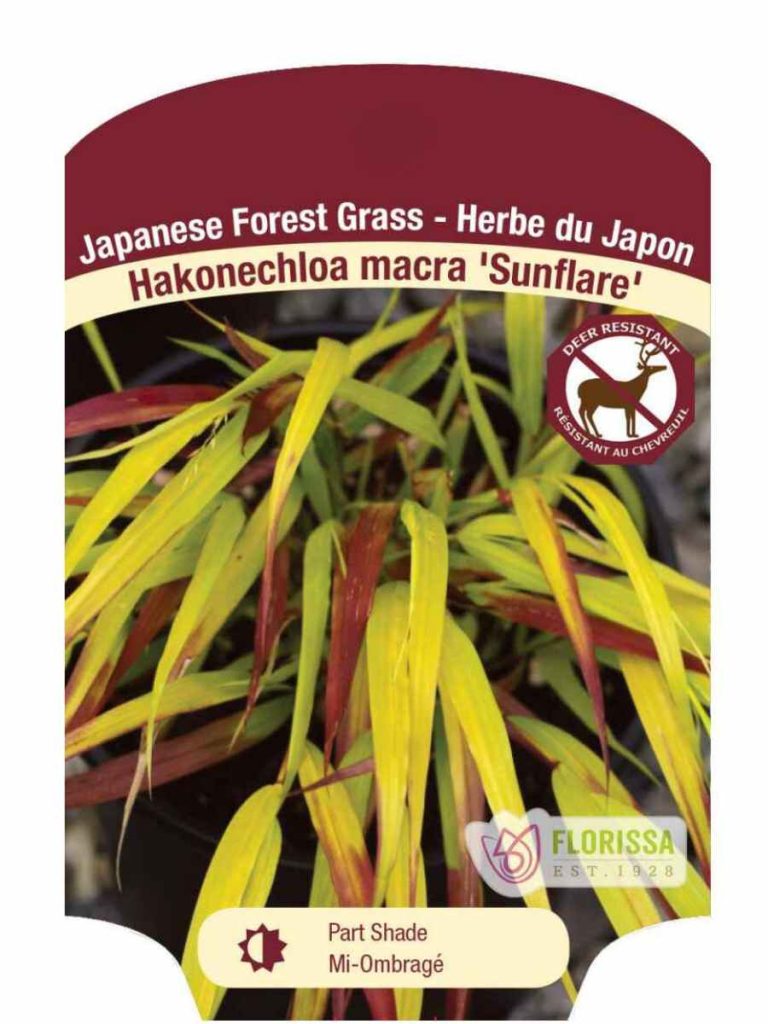
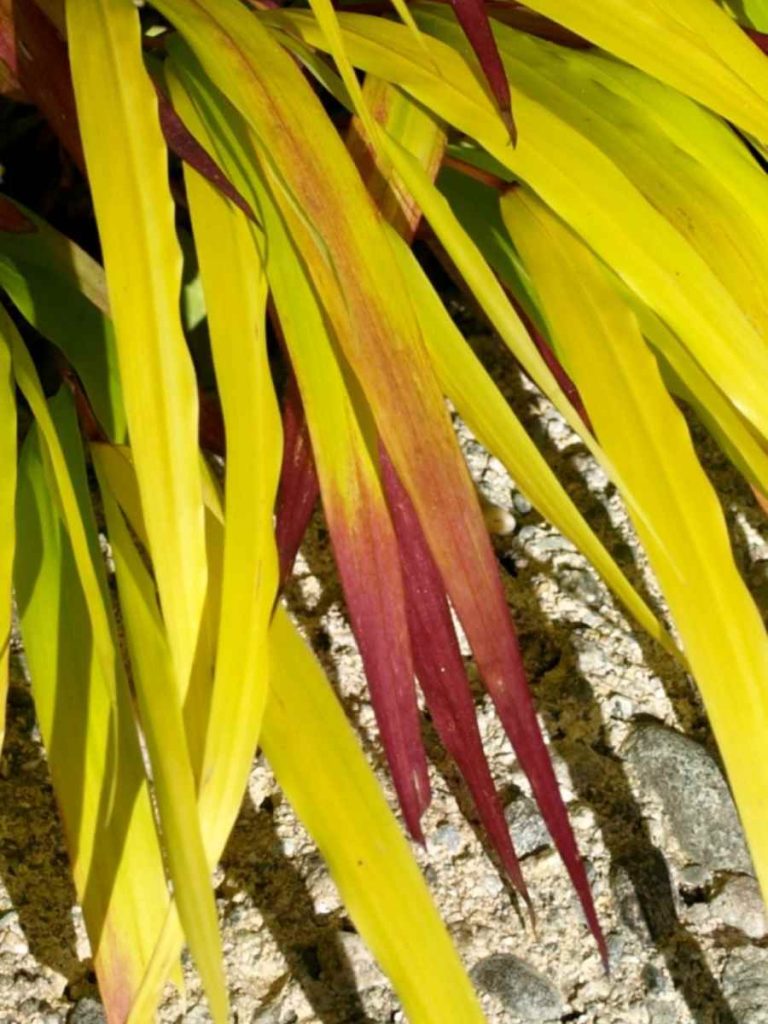

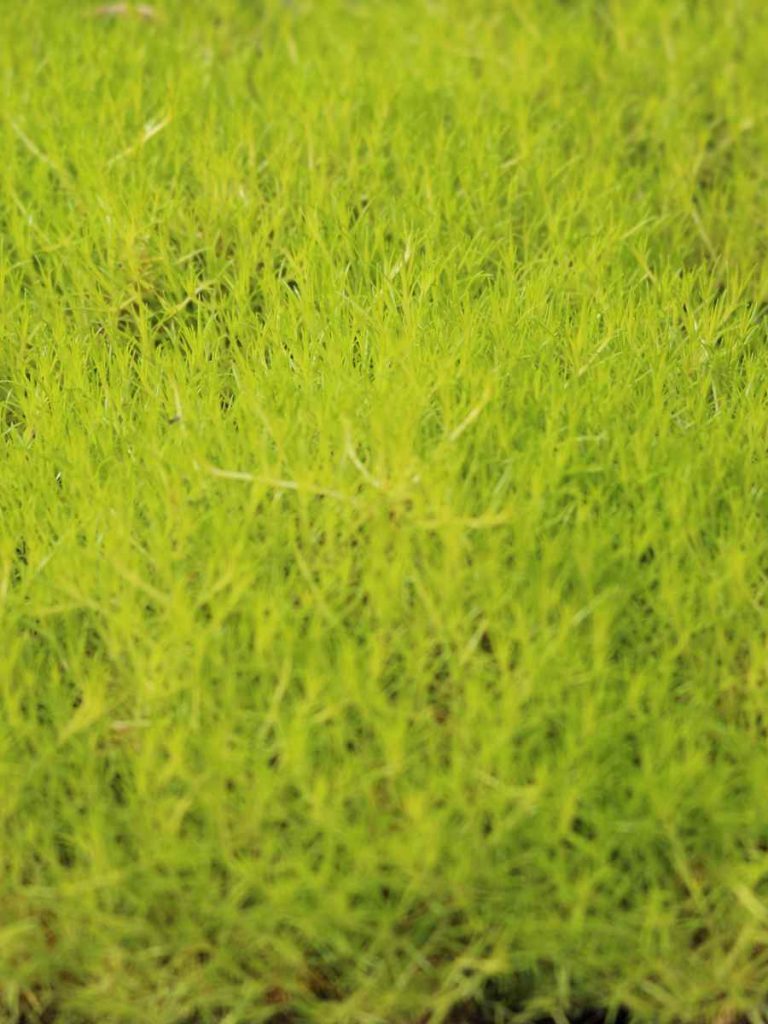
Pathways lined with plants that can be gently brushed against, smooth or rough sculptures, and interactive features like water features provide opportunities for hands-on exploration and discovery. To please your sense of touch in the garden, make sure to add leaves and petals with soft or tactile surfaces, smooth stones, rough bark, rushing water, or soft moss and grass. How about adding in some petals to play with? Consider planting Platycodon (Balloon flowers), for some tactile play! They are a perfect addition for children to engage with the sense of touch in the garden.





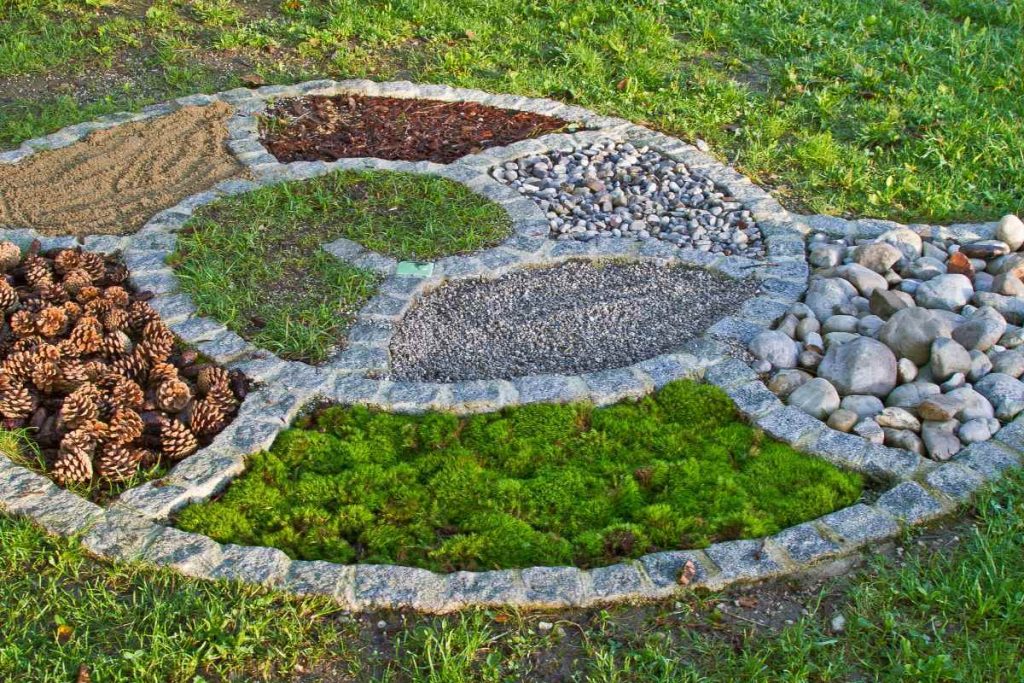
Nurturing Your Garden for Maximum Enjoyment
Once established, your garden will continue to evolve and grow, just like any living piece of art. Regular maintenance, such as pruning plants to keep them healthy, adjusting and adding to your texture plants and garden sounds, and perhaps most importantly, taking time to enjoy your sensory haven, will ensure it remains a place of peace and pleasure.
Sensory gardens are not just about aesthetics; they’re about crafting an experience that engages the senses and the soul. As you develop your garden, remember to take moments to pause, breathe, and fully immerse yourself in the garden’s calming effects. With the right combination of sensory plants, scented plants, garden sounds, sweet berries, and plant textures, your garden will transform into a source of solace, relaxation, and joy.



Mienke
Wonderful article , very informative and perfect timing as I’m hoping to start a sensory garden at the long term care facility where I work!